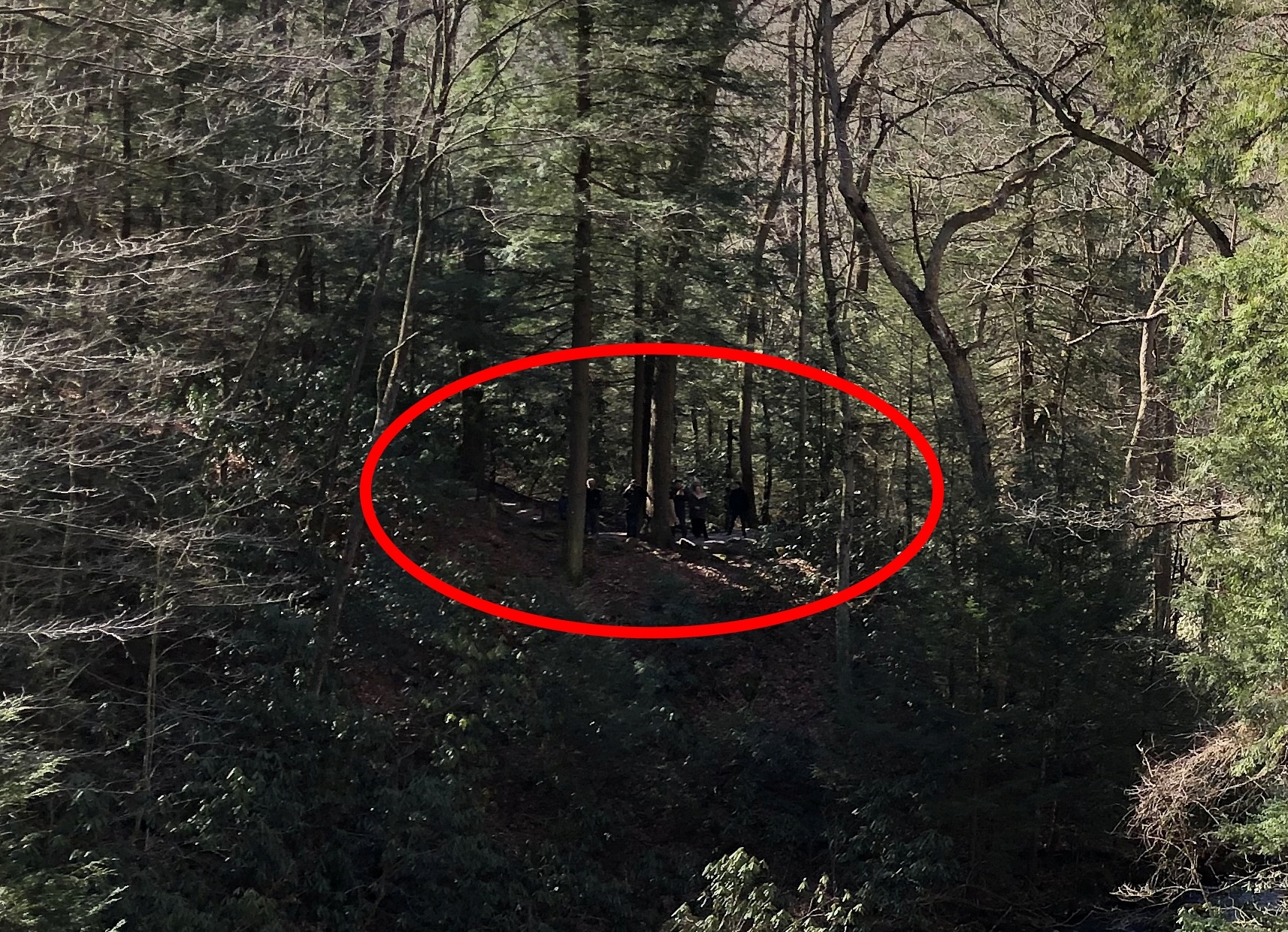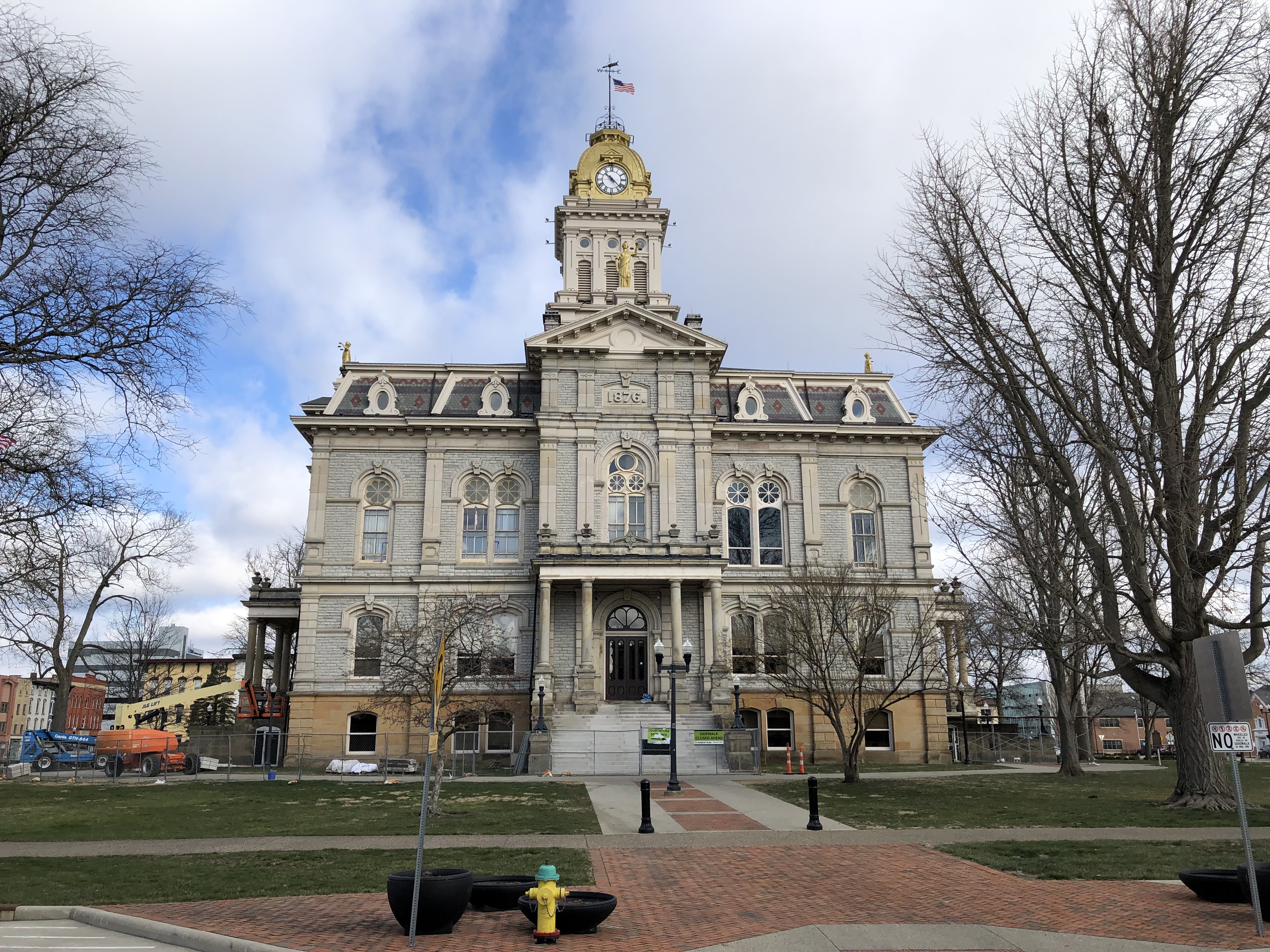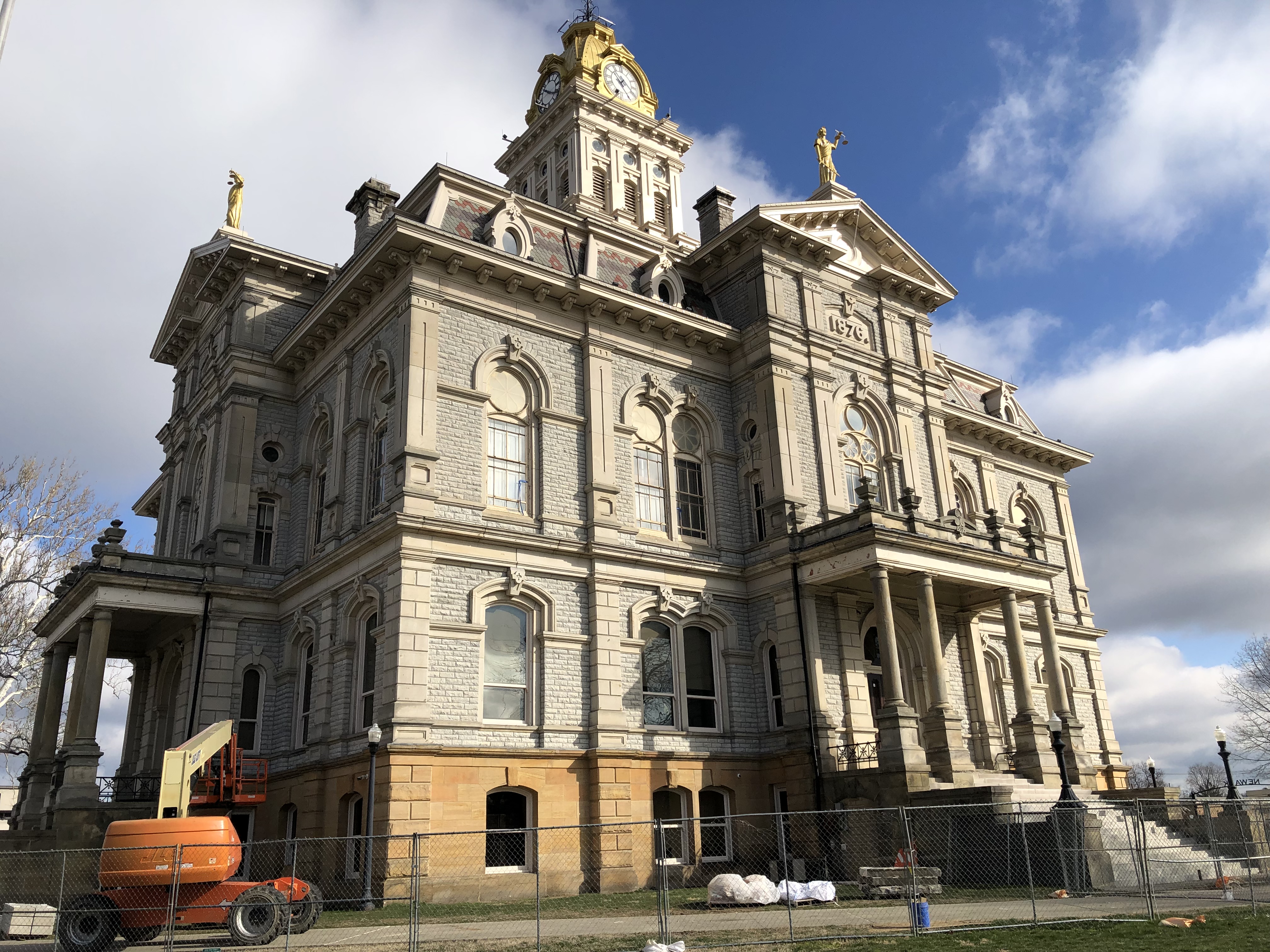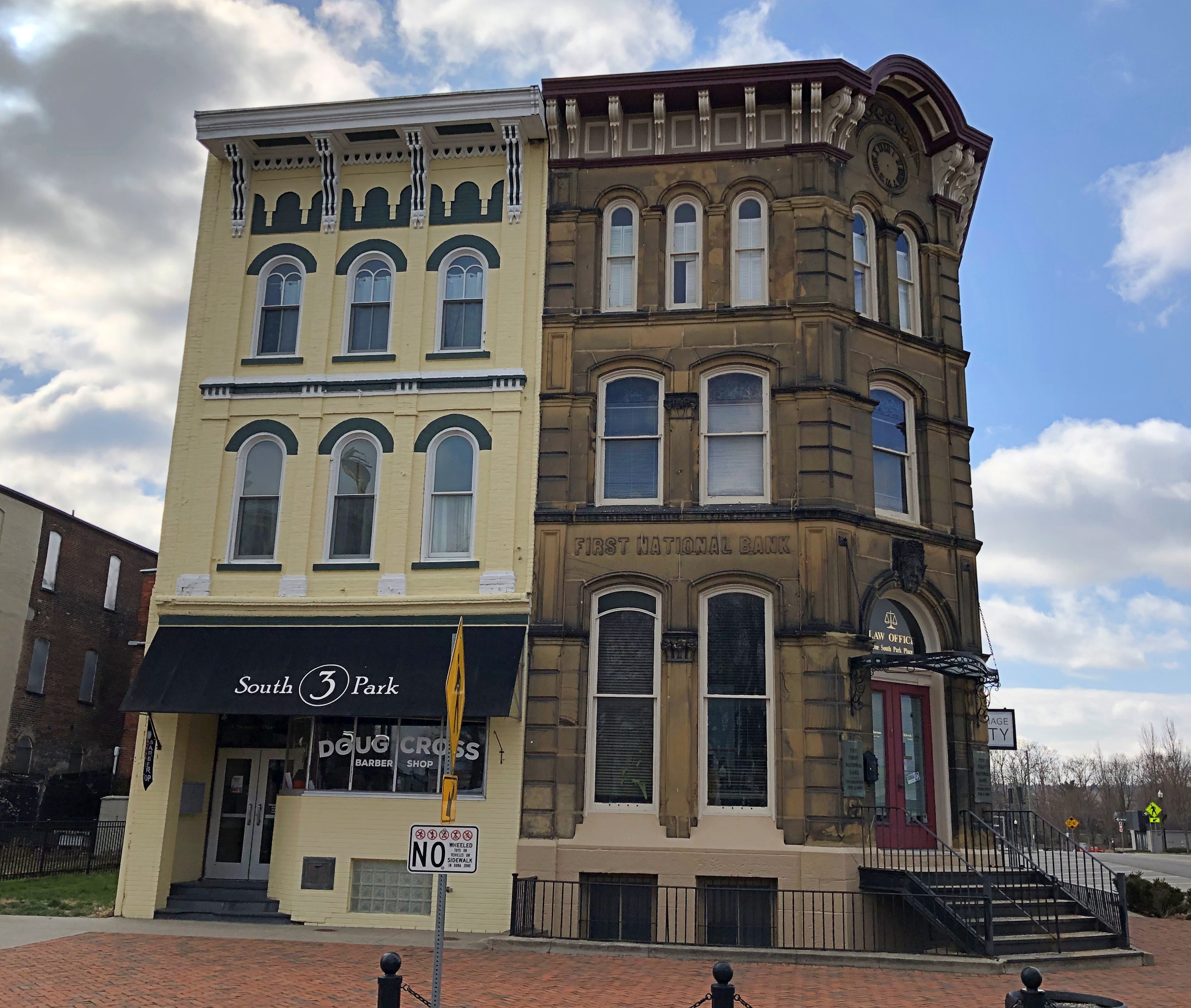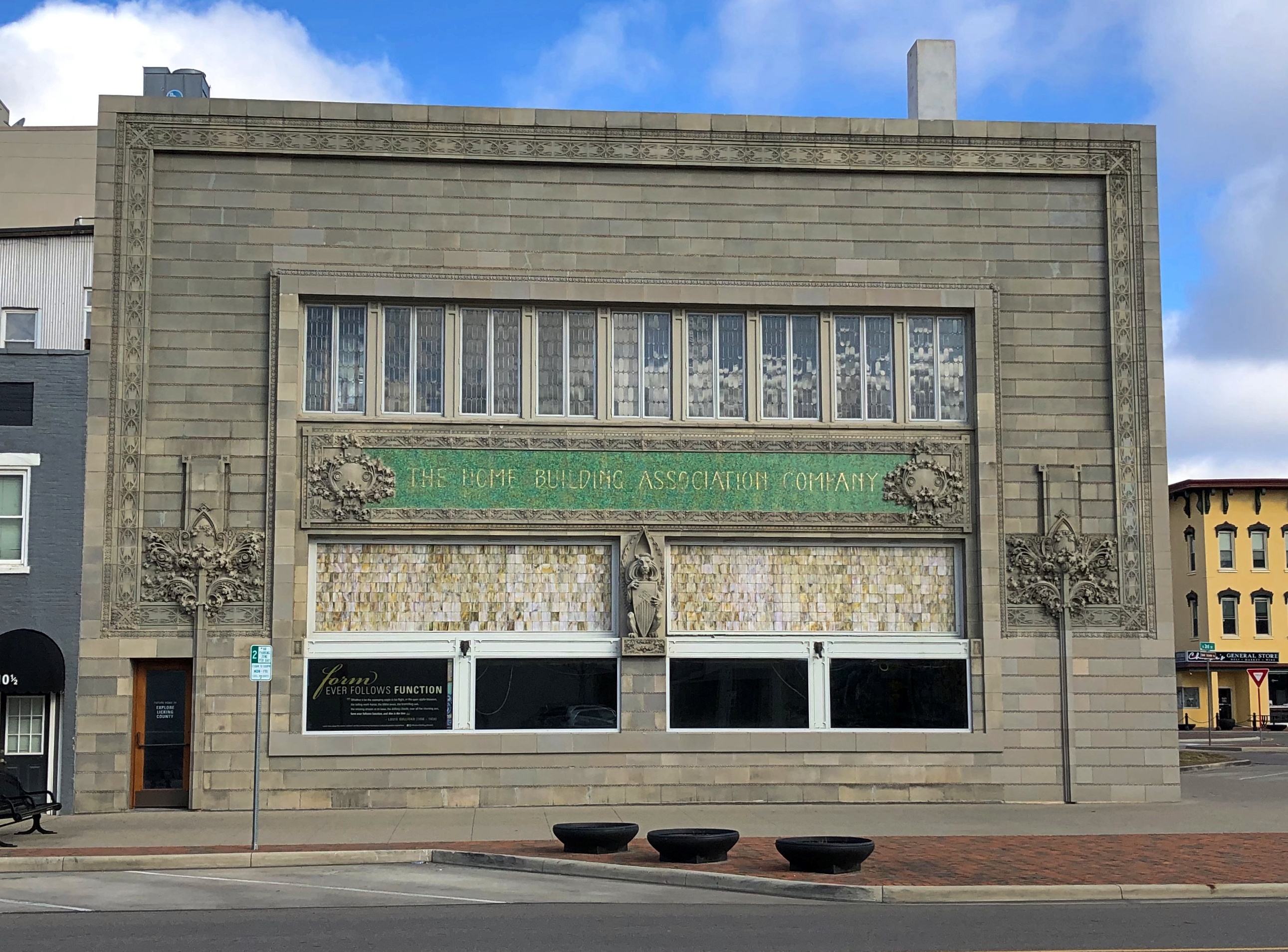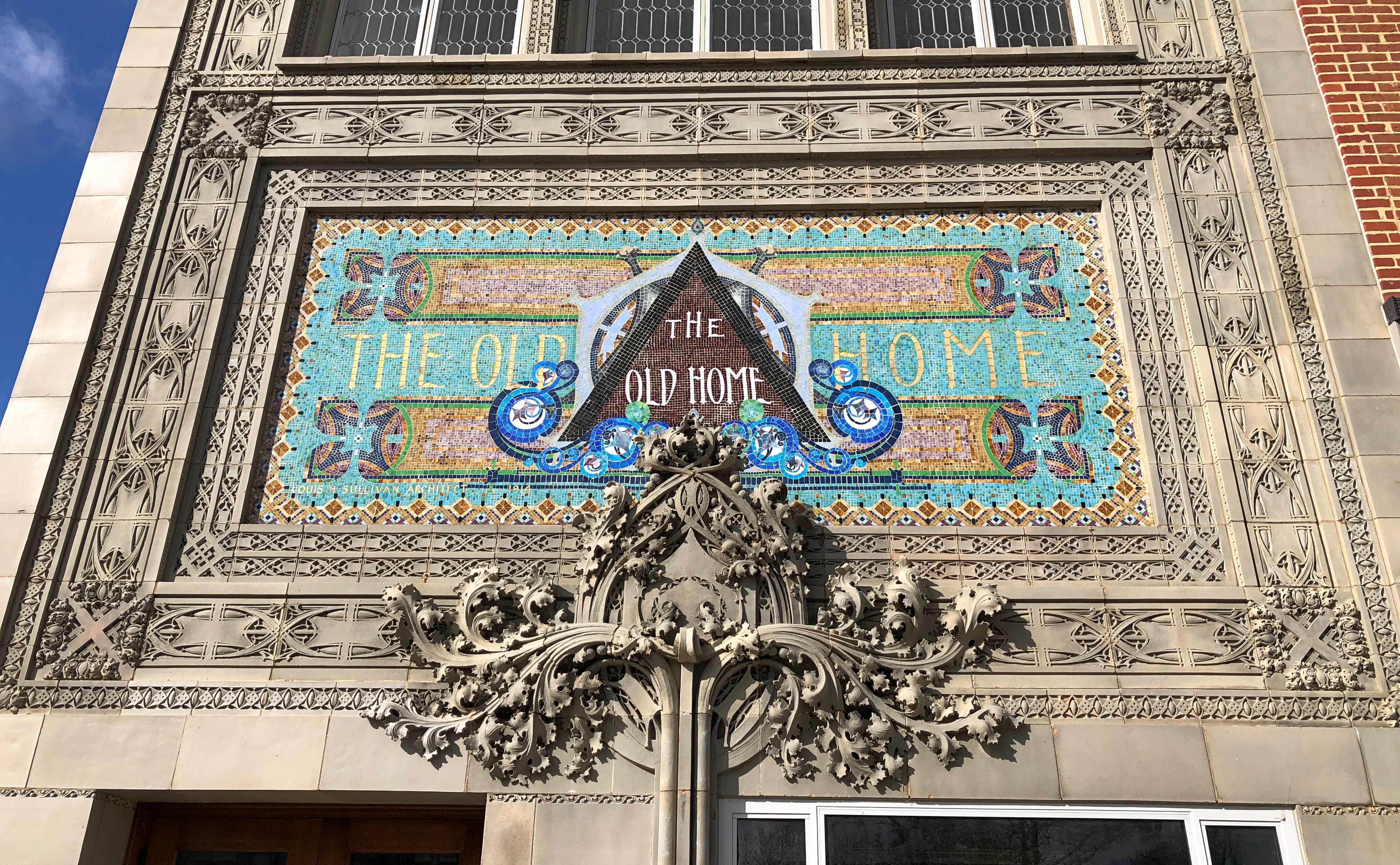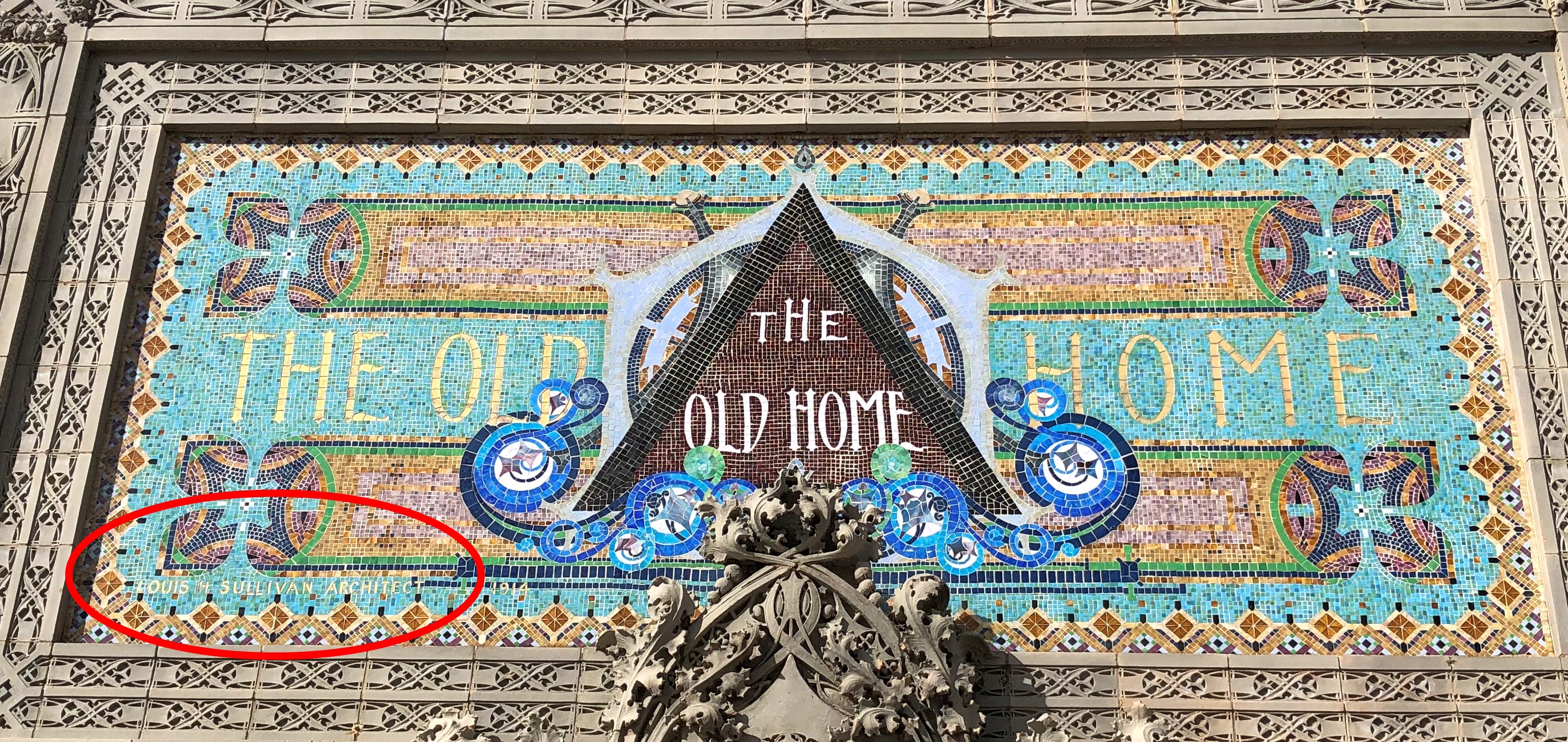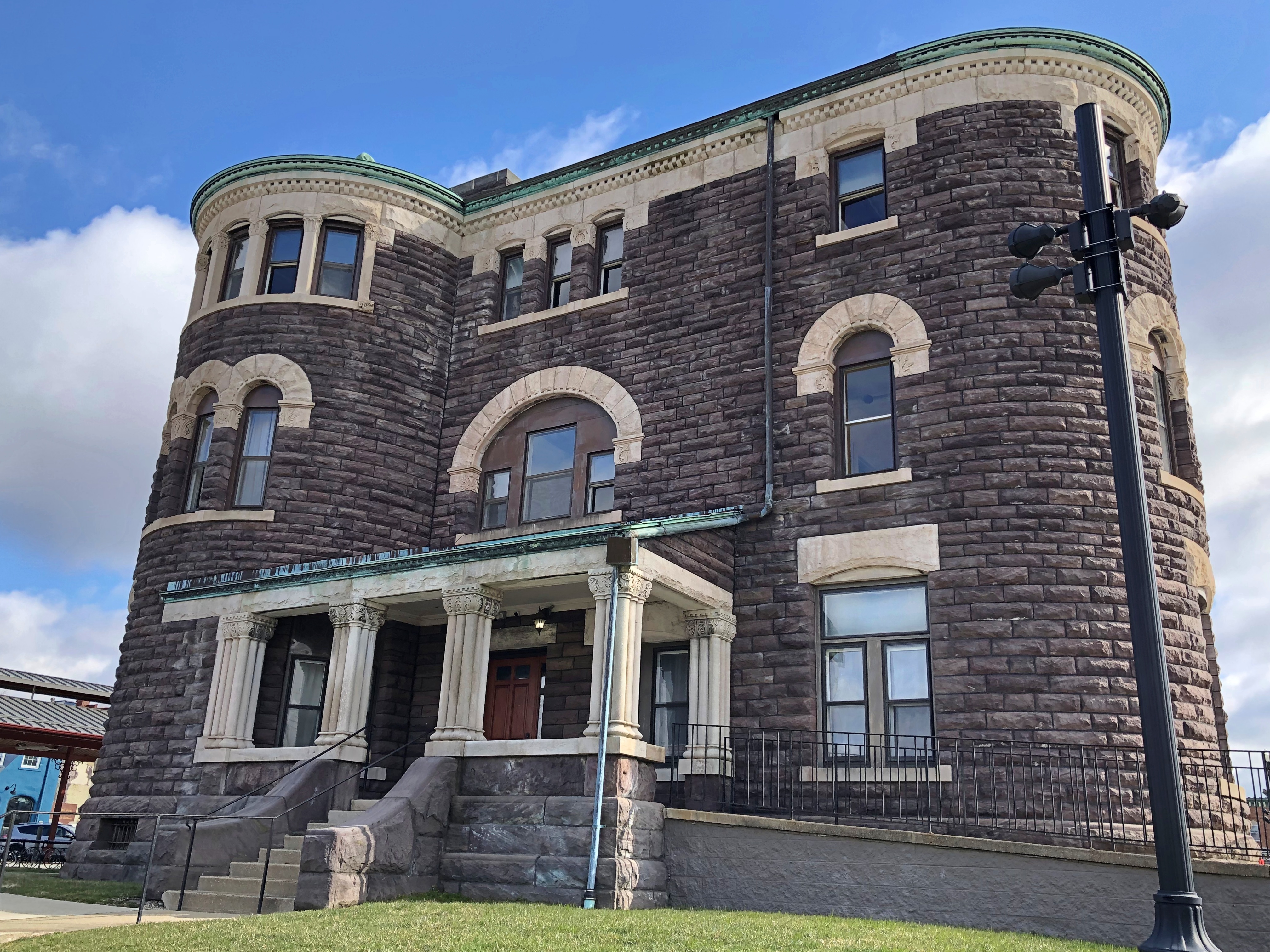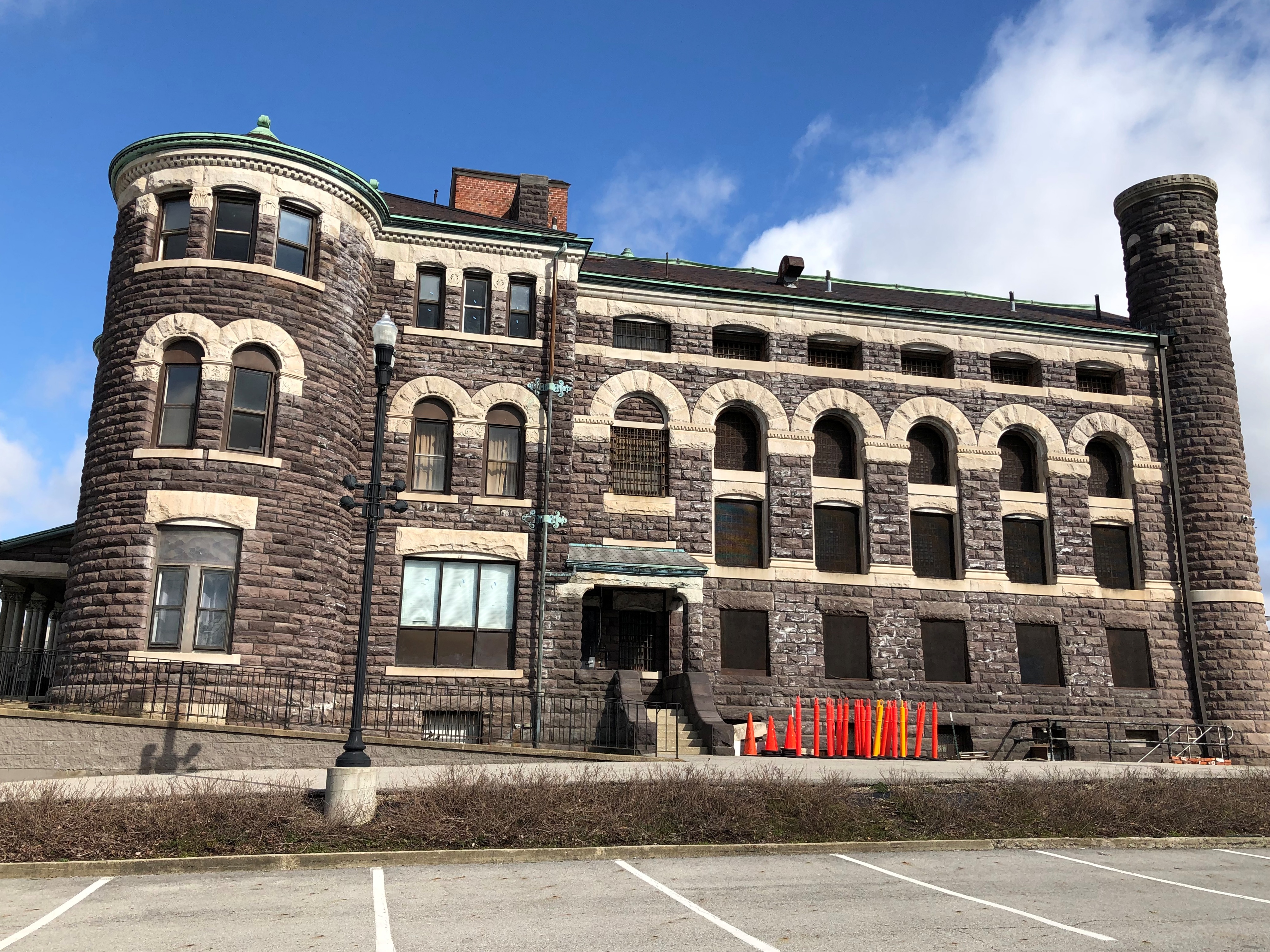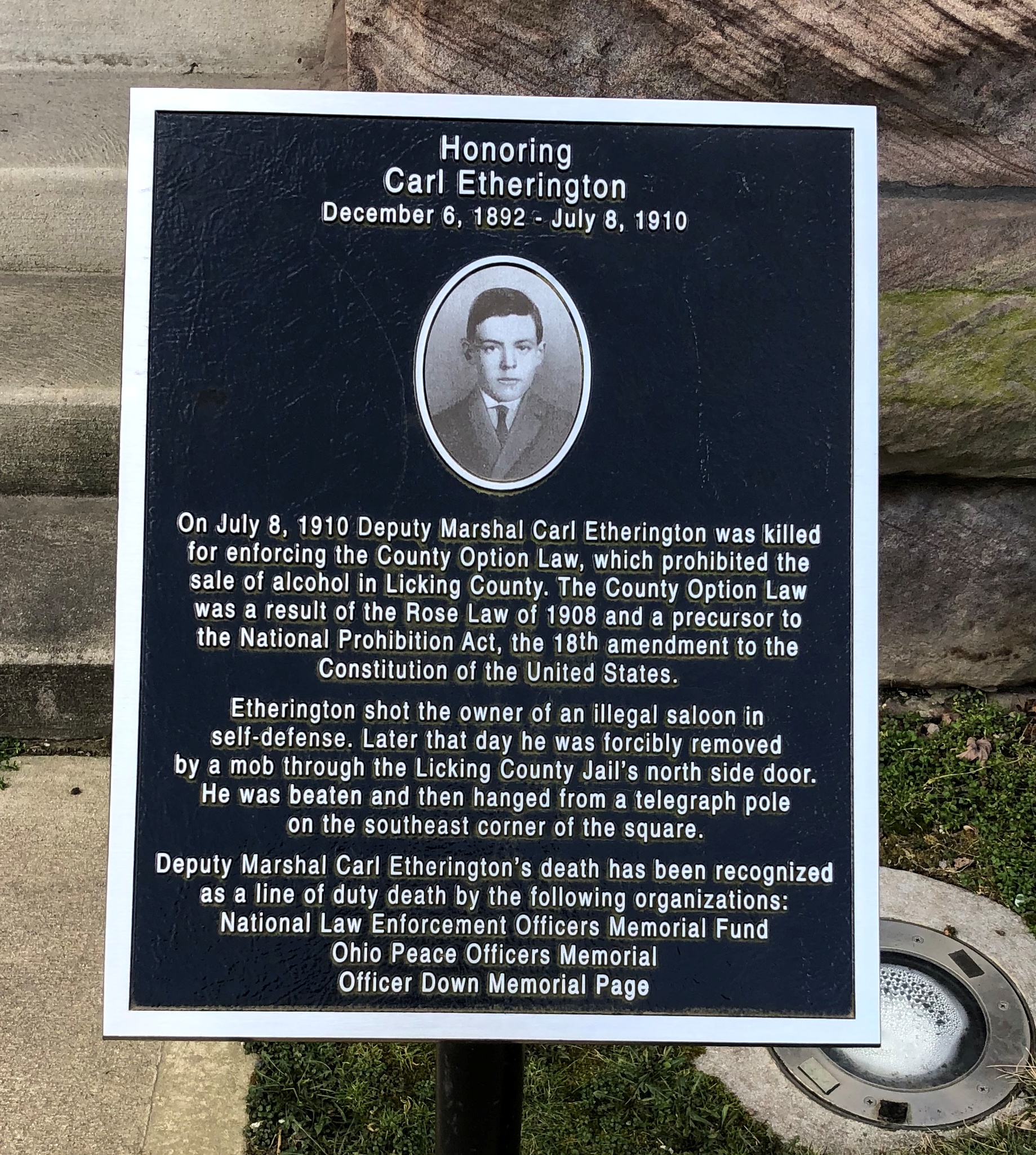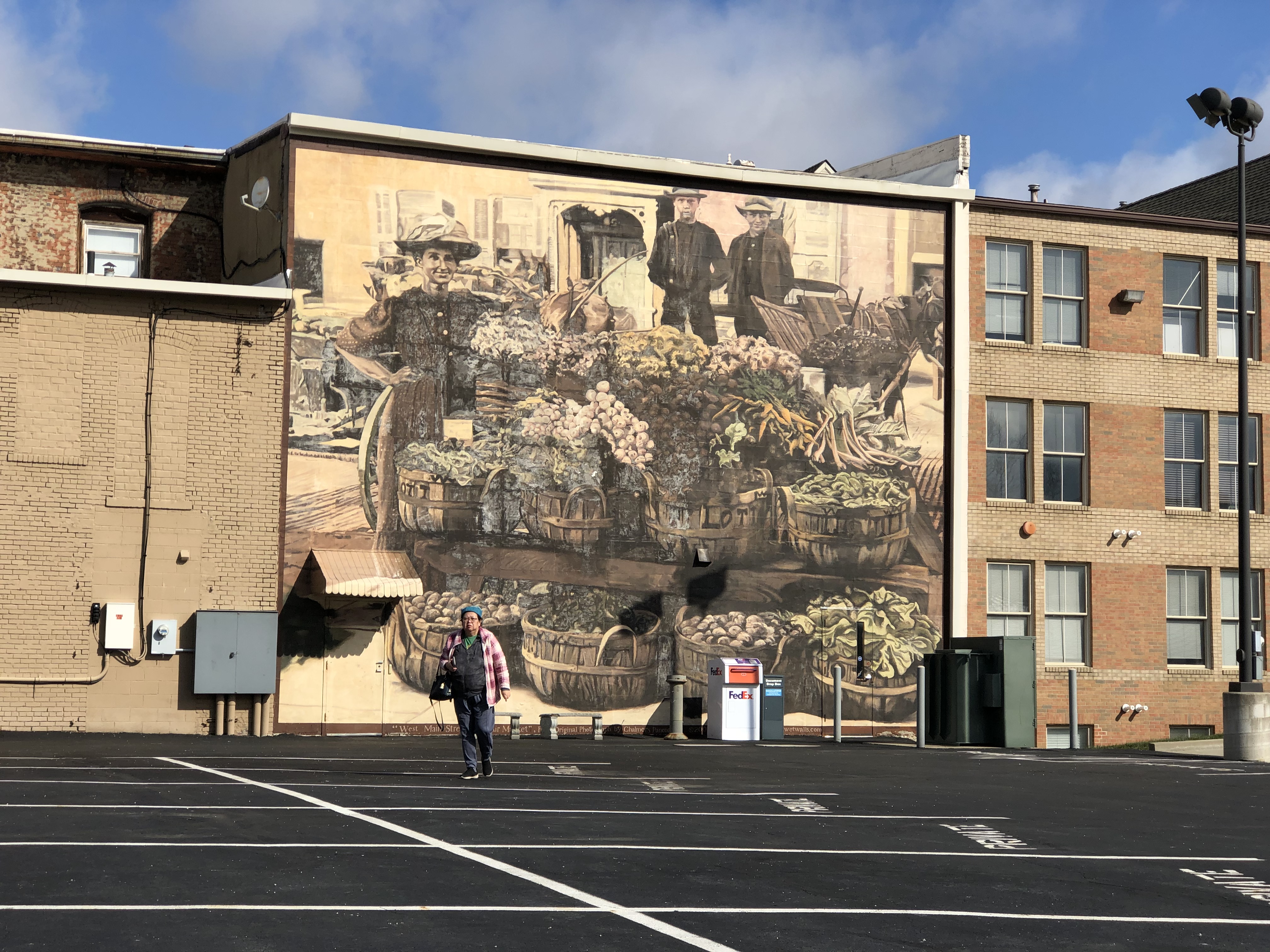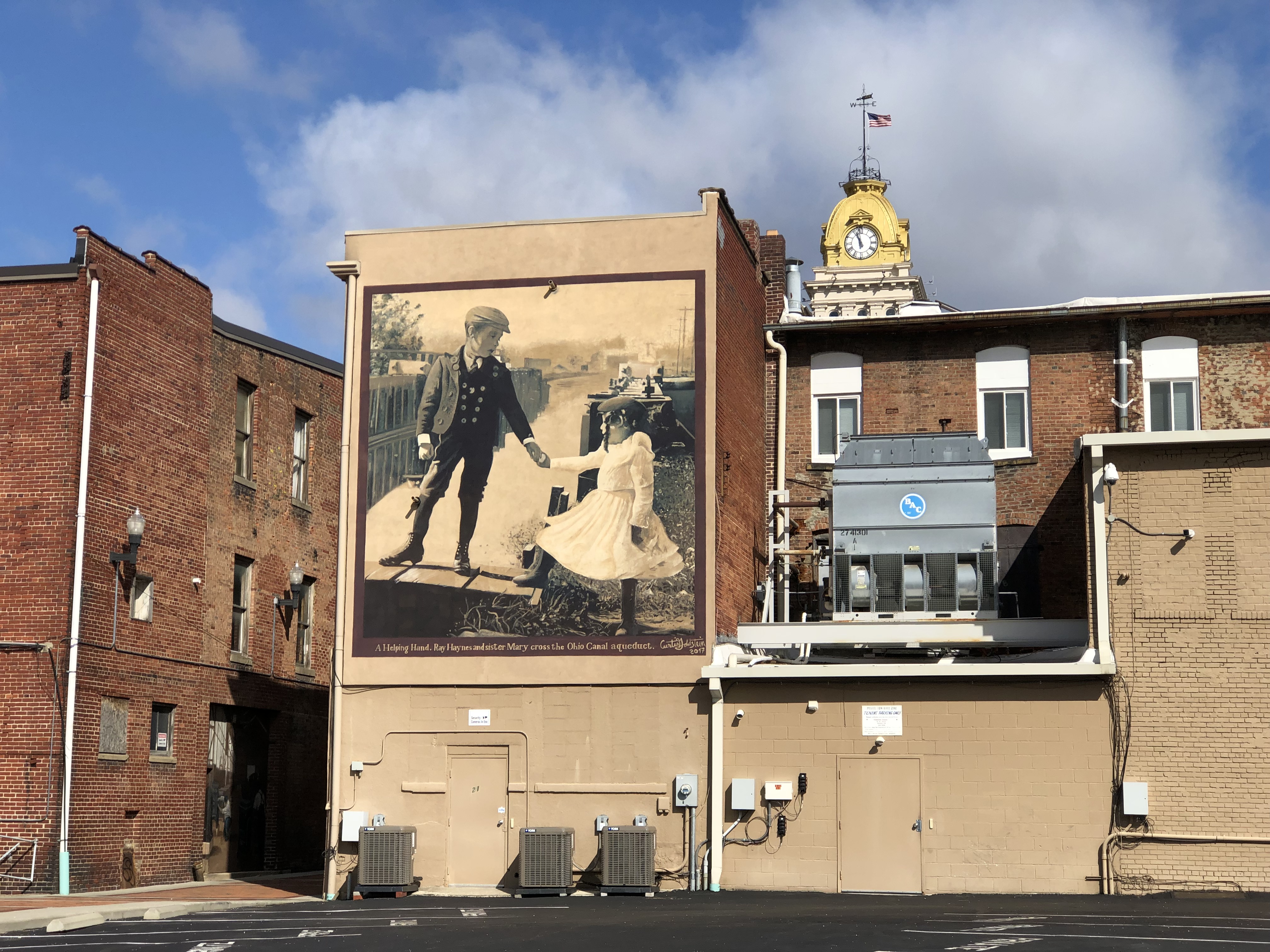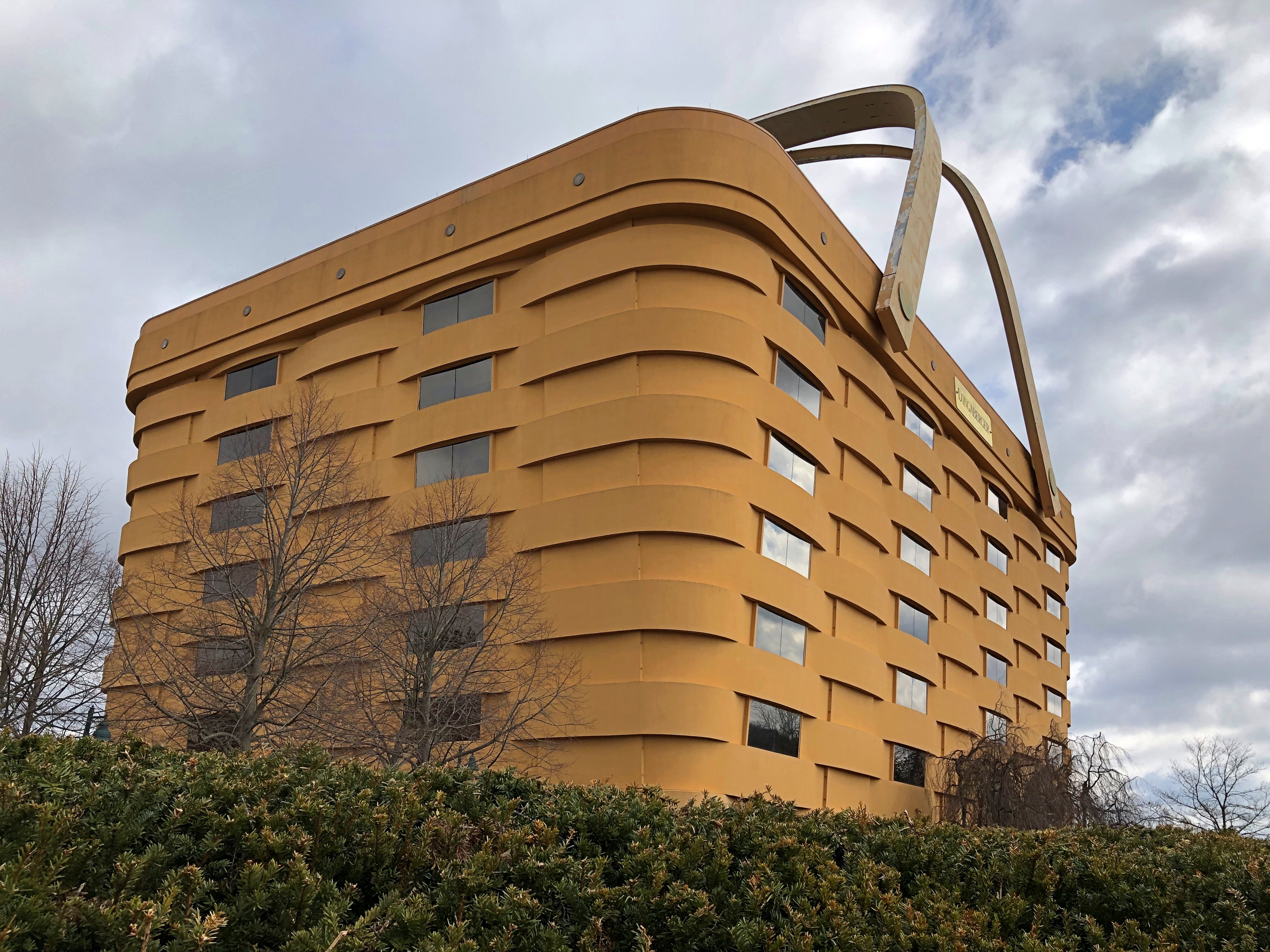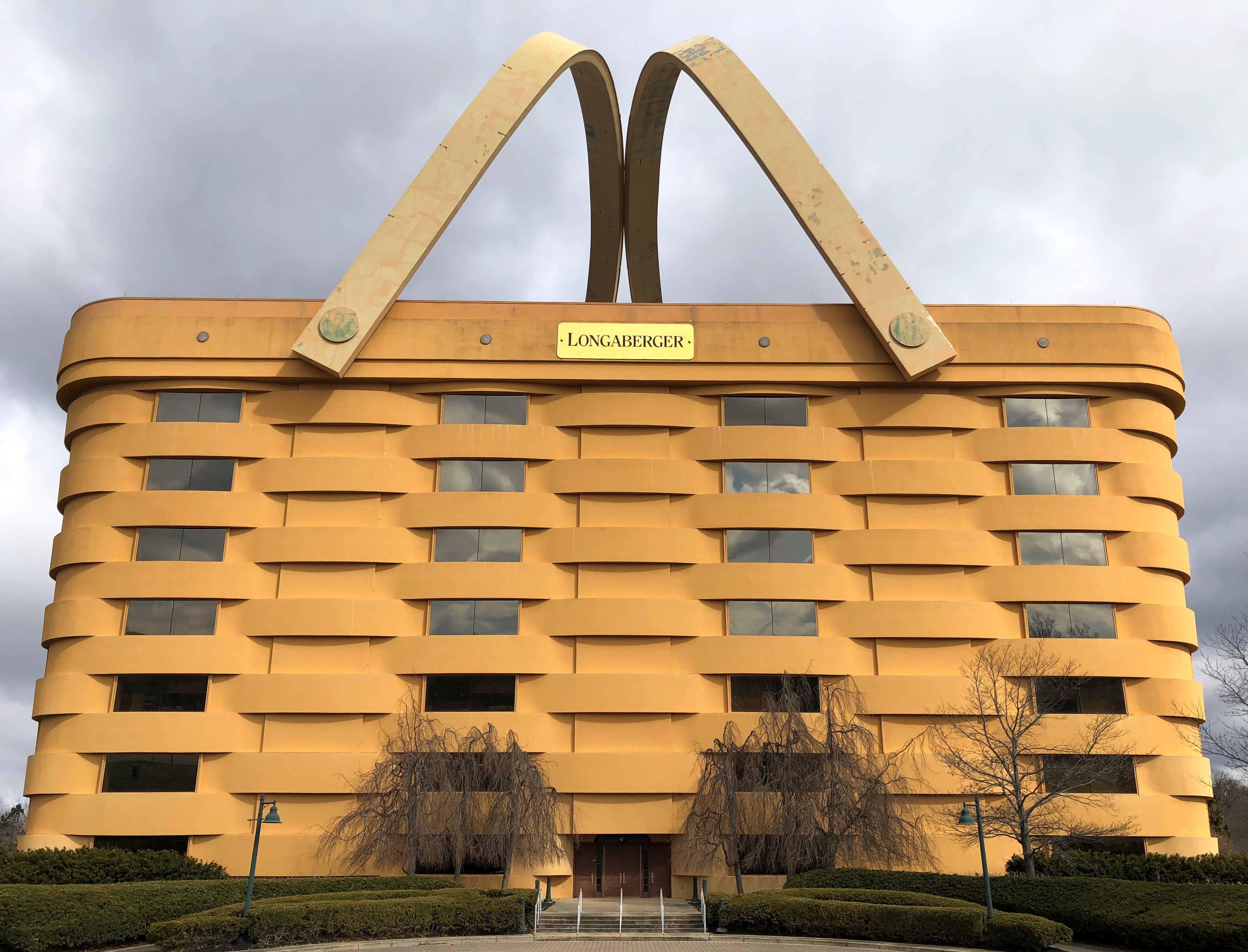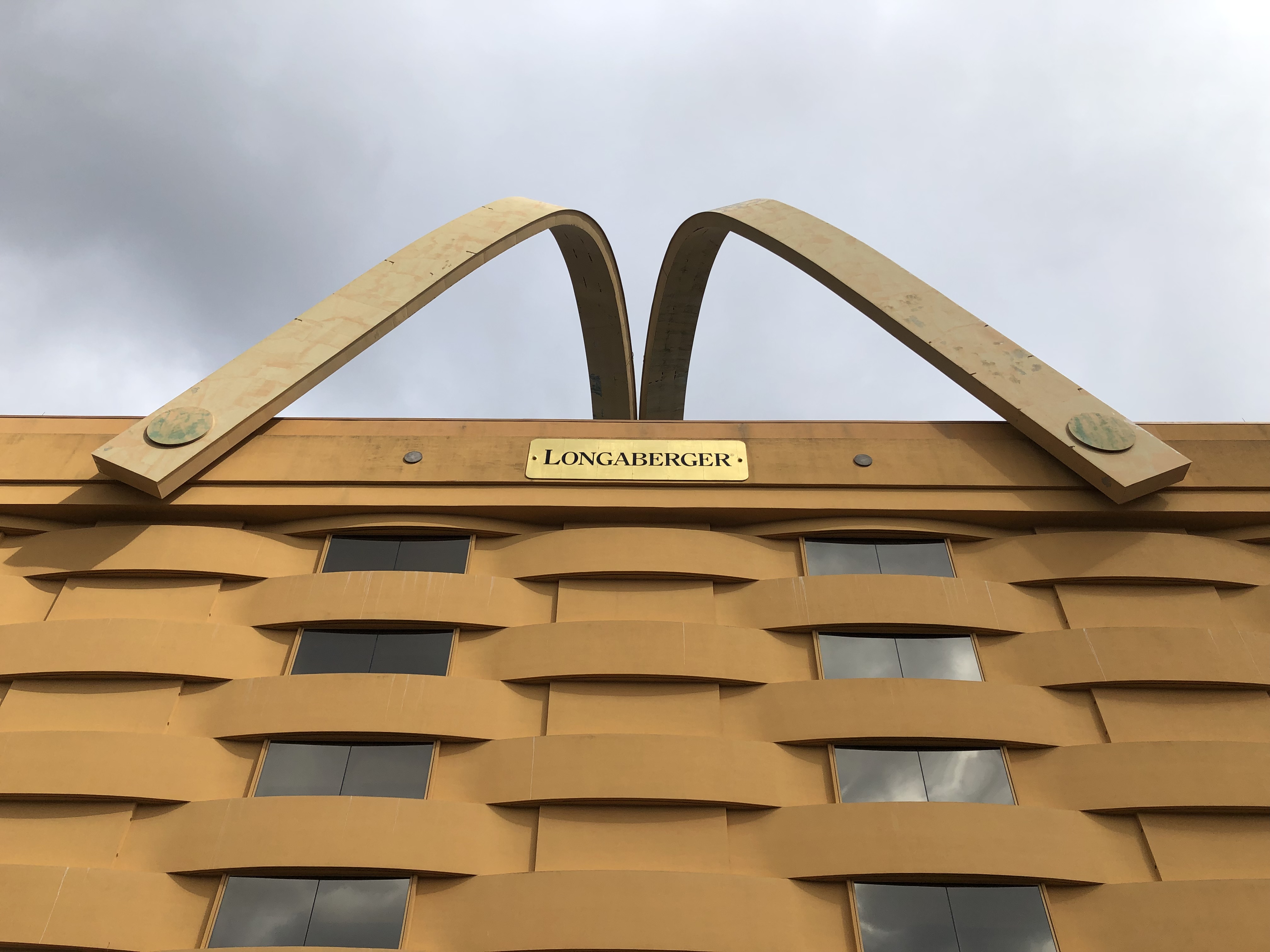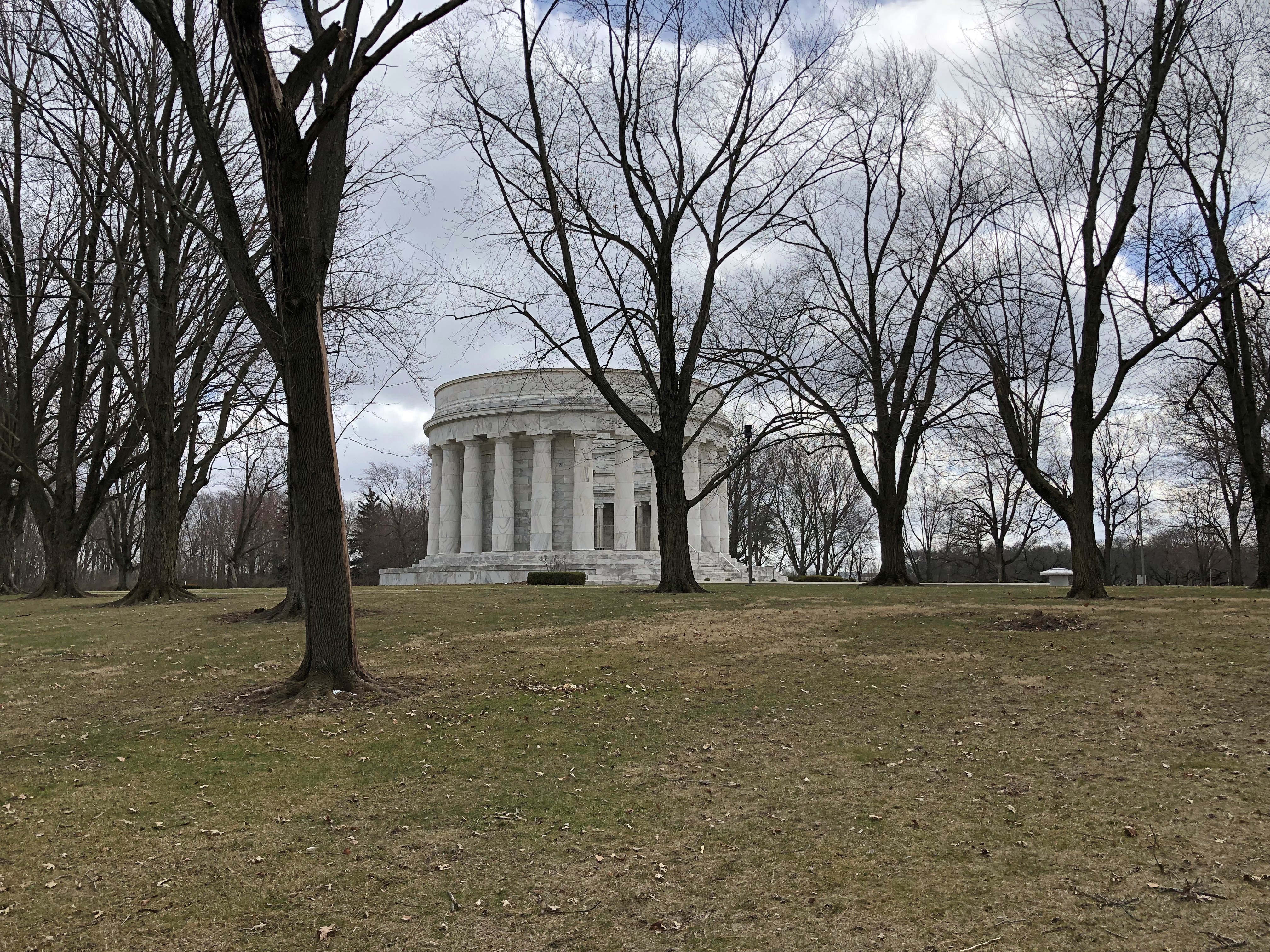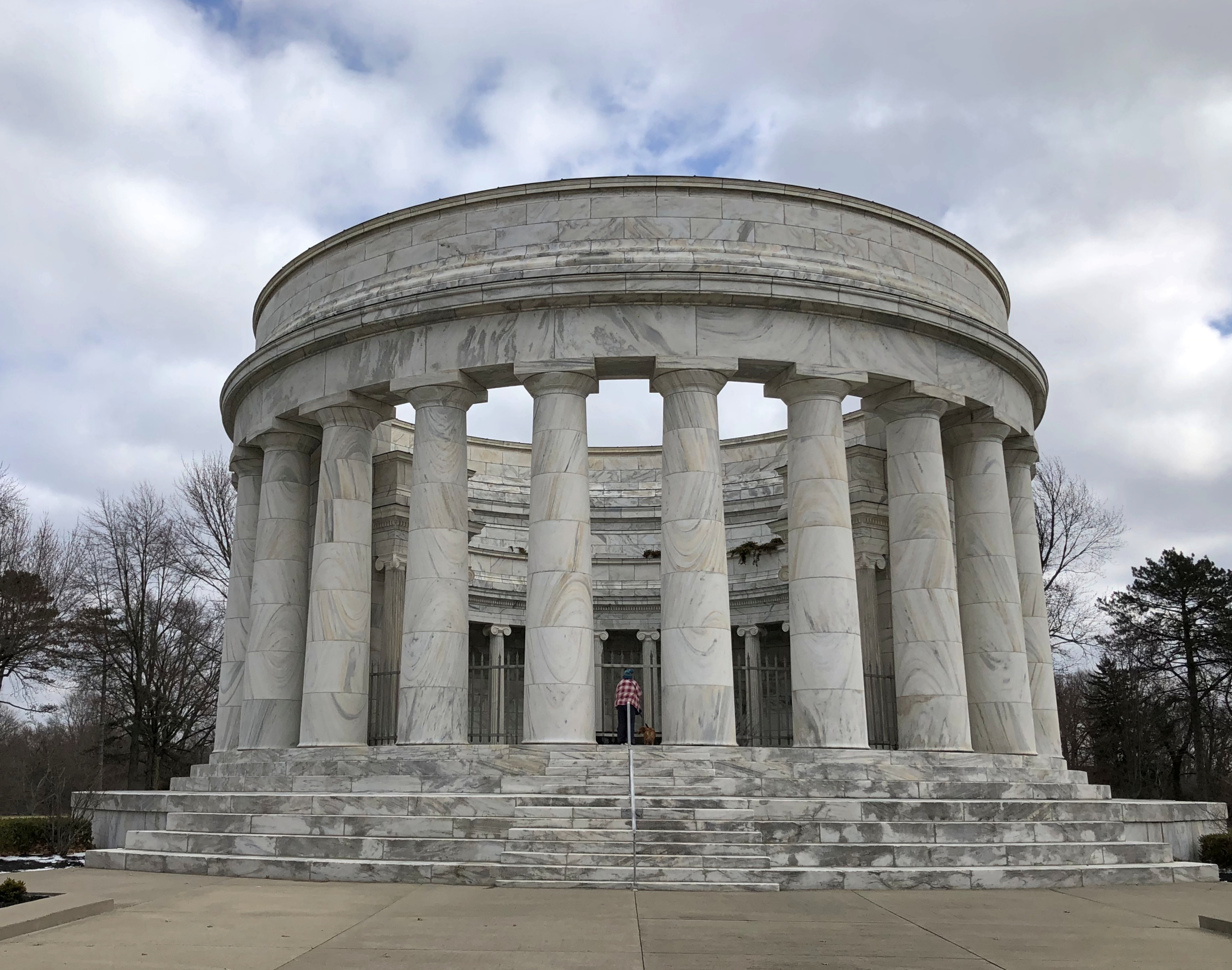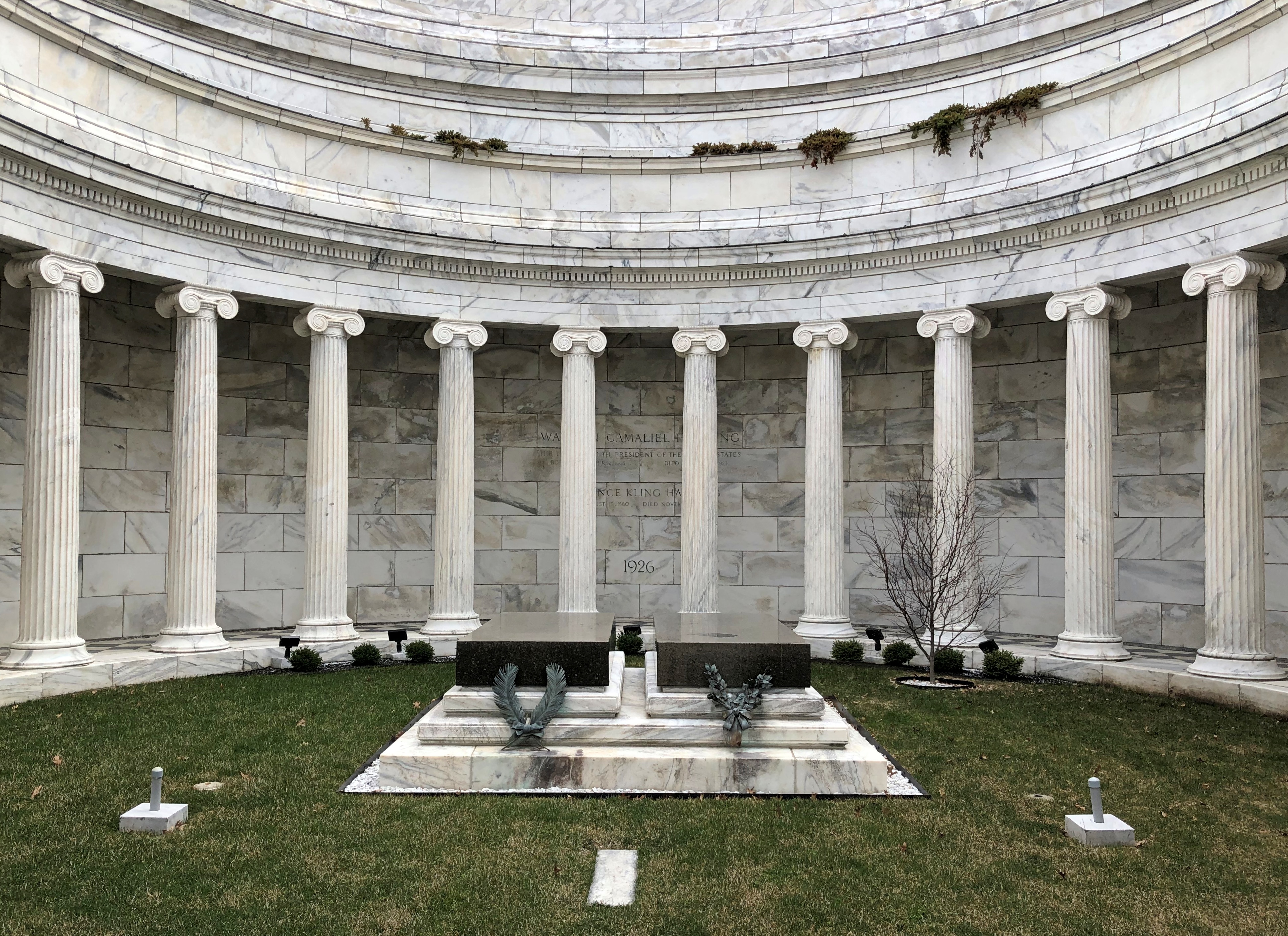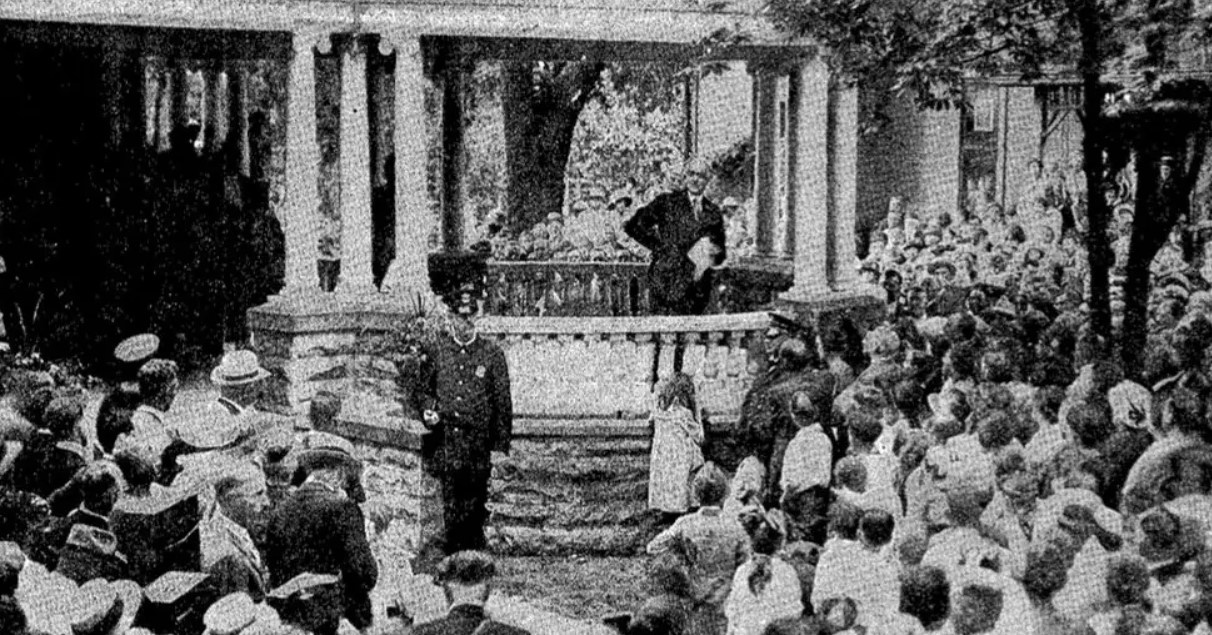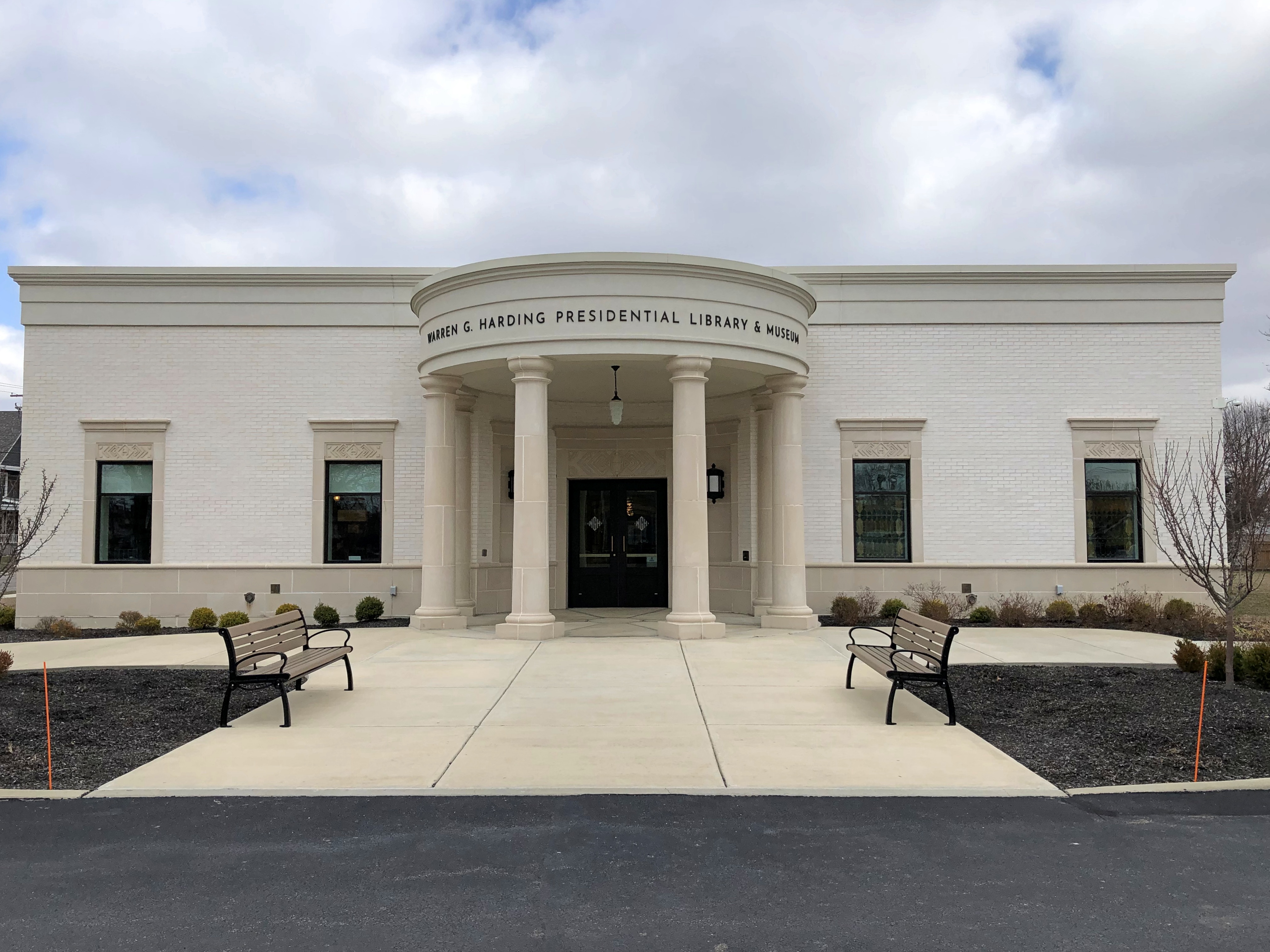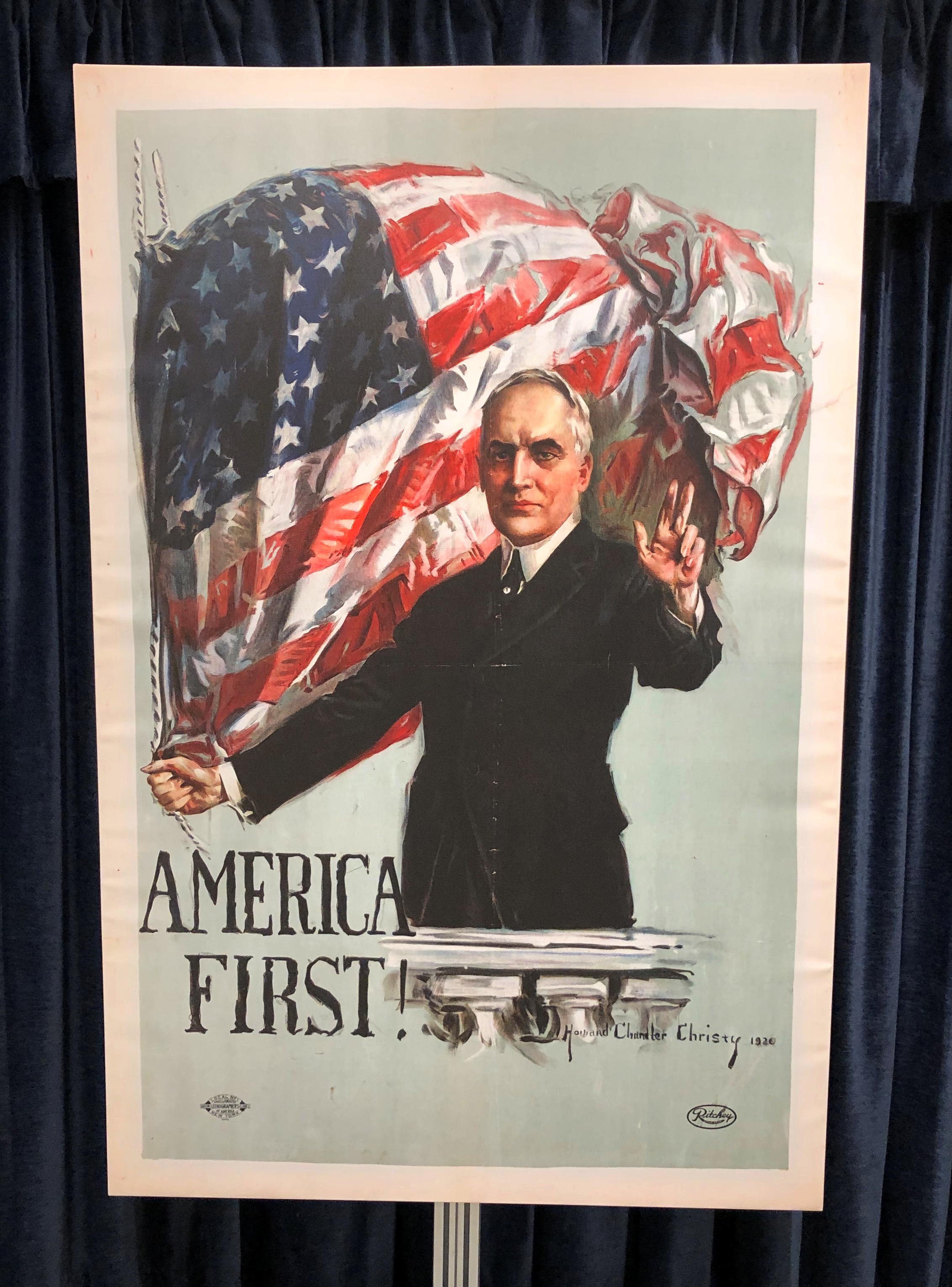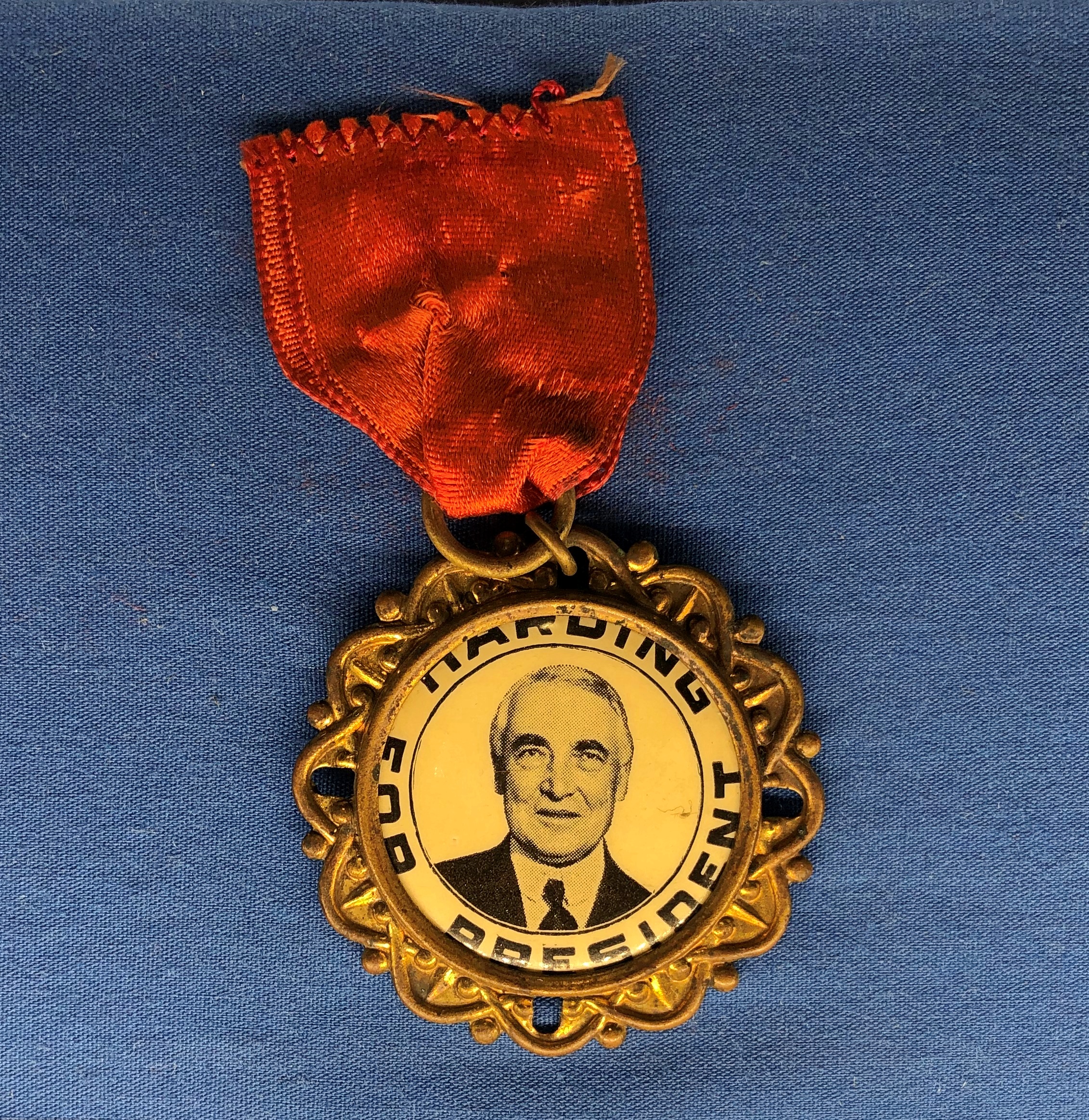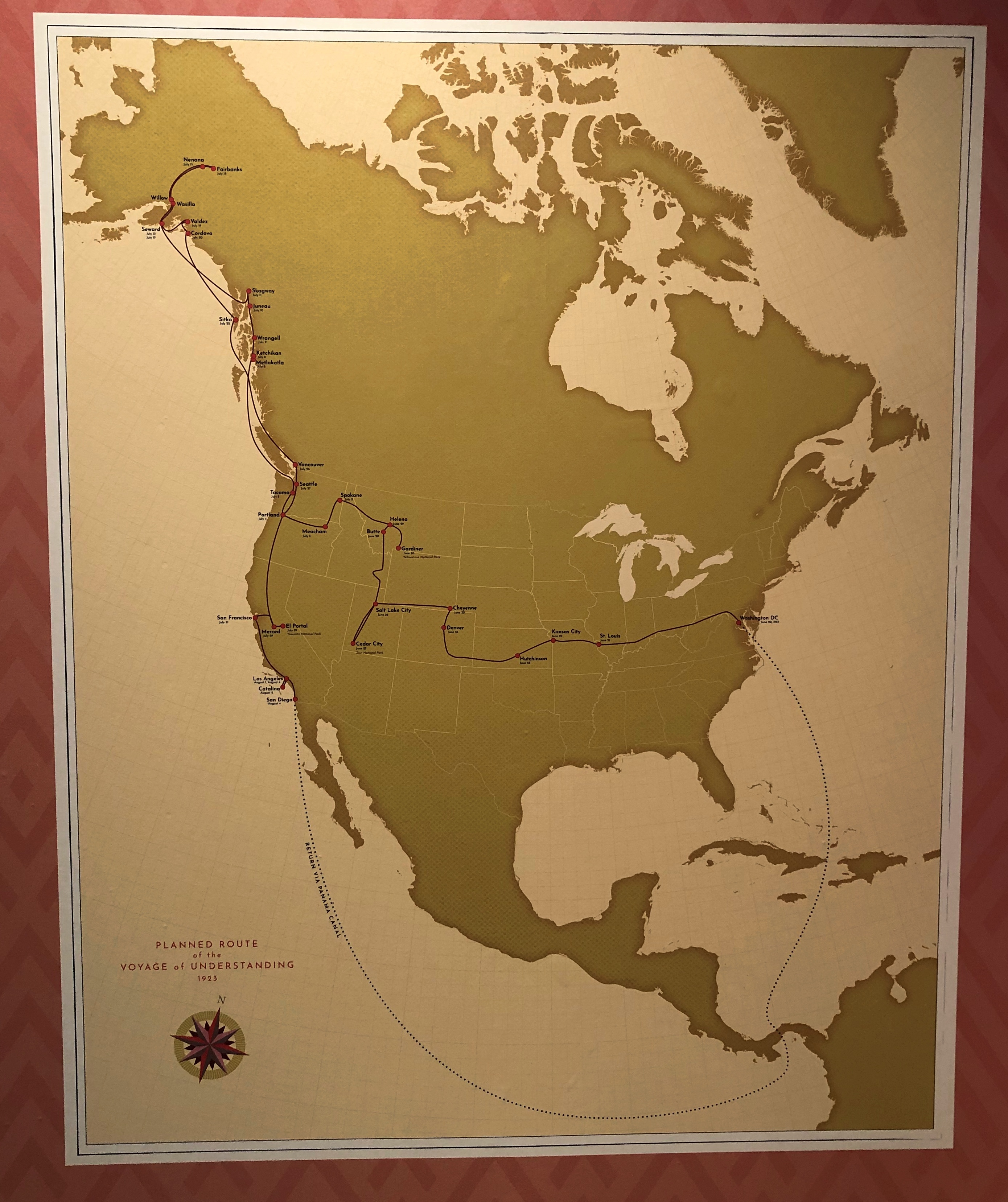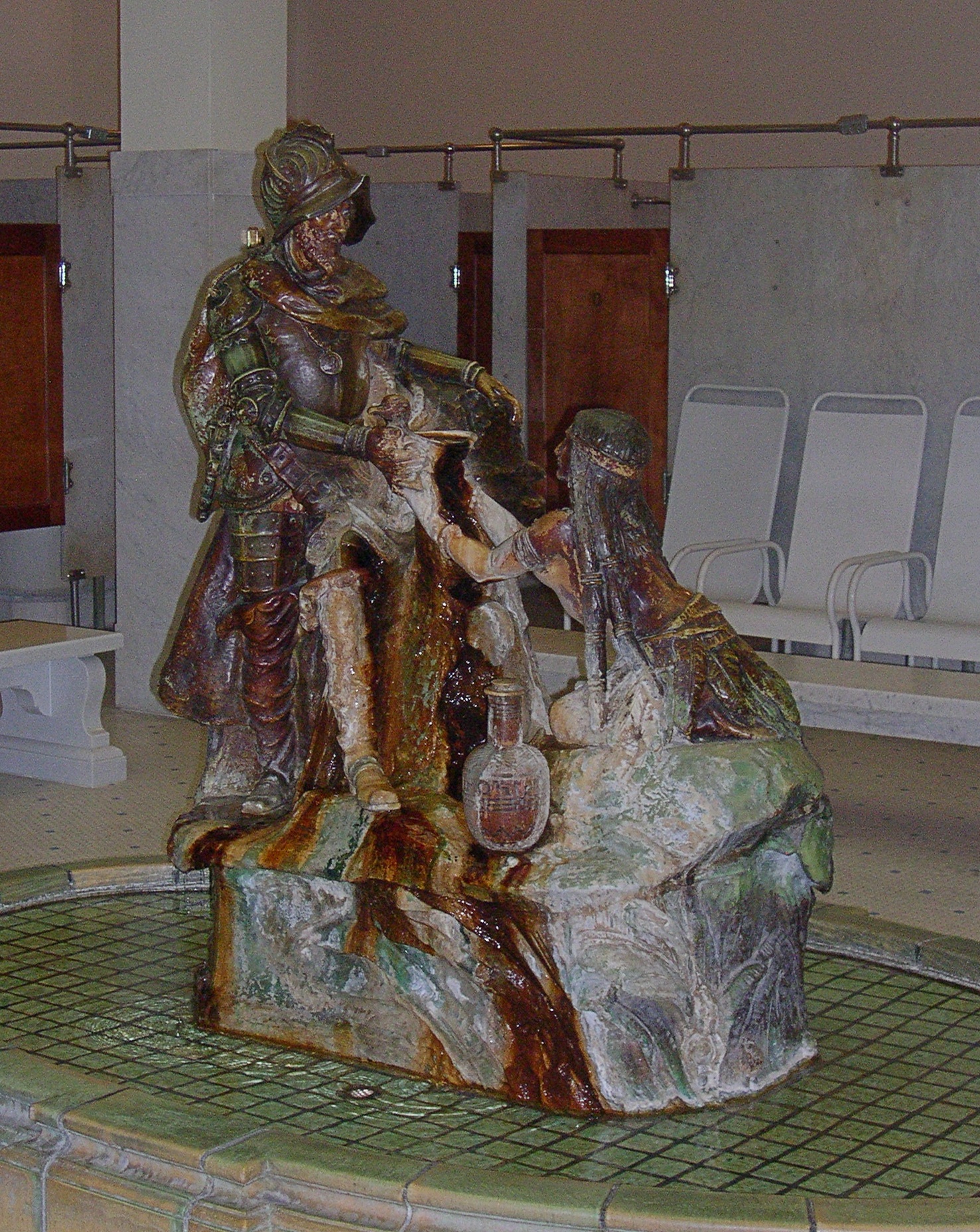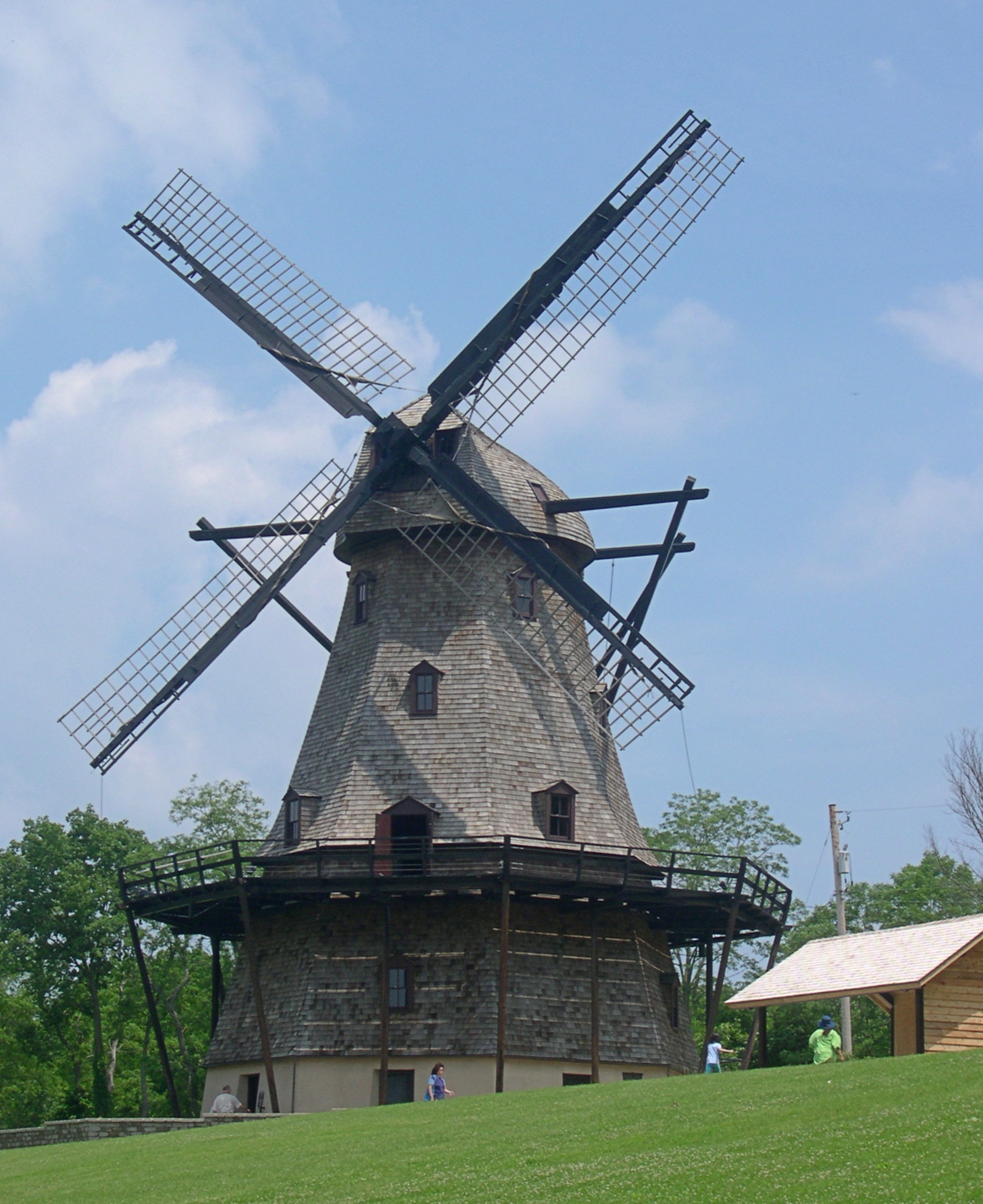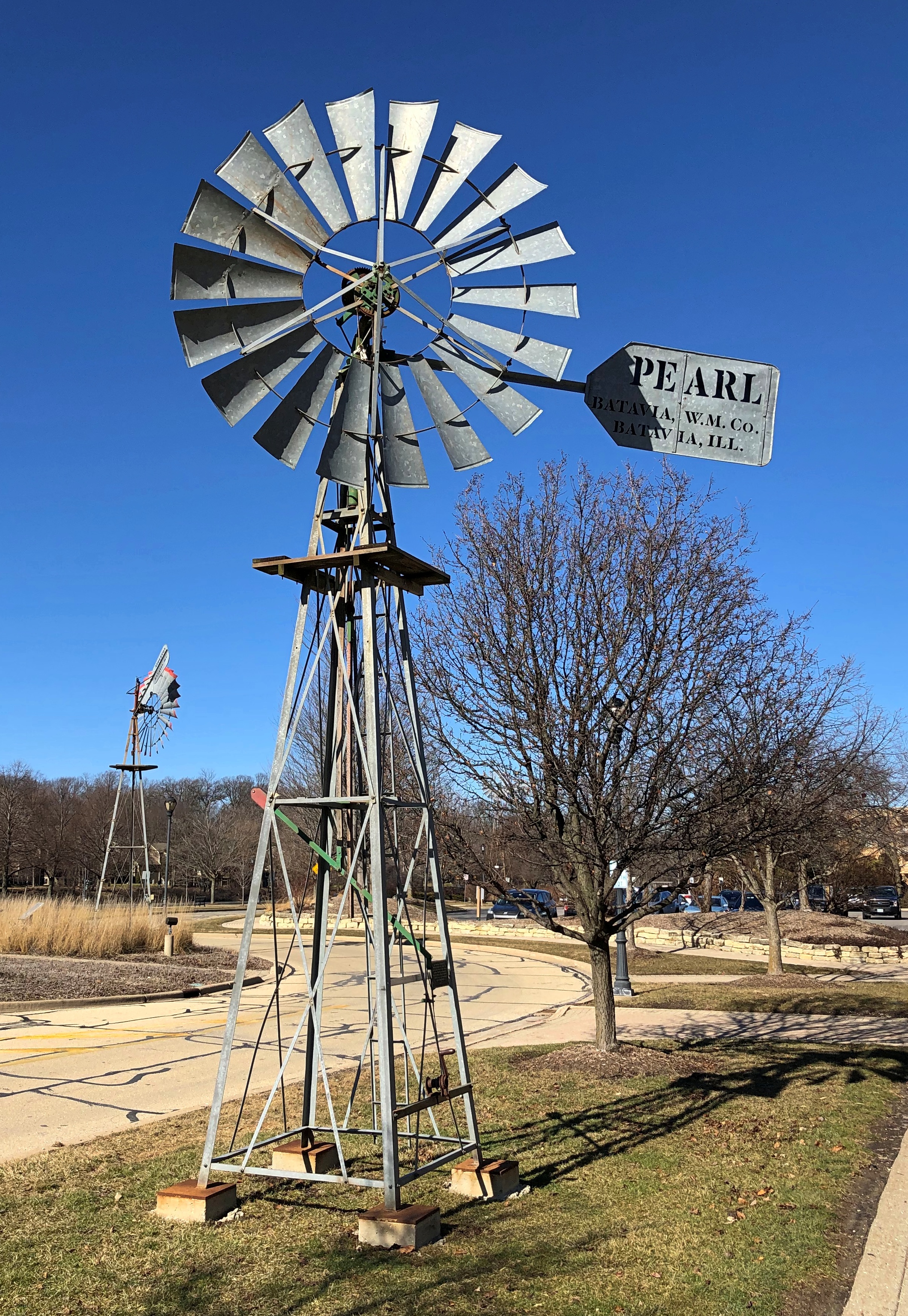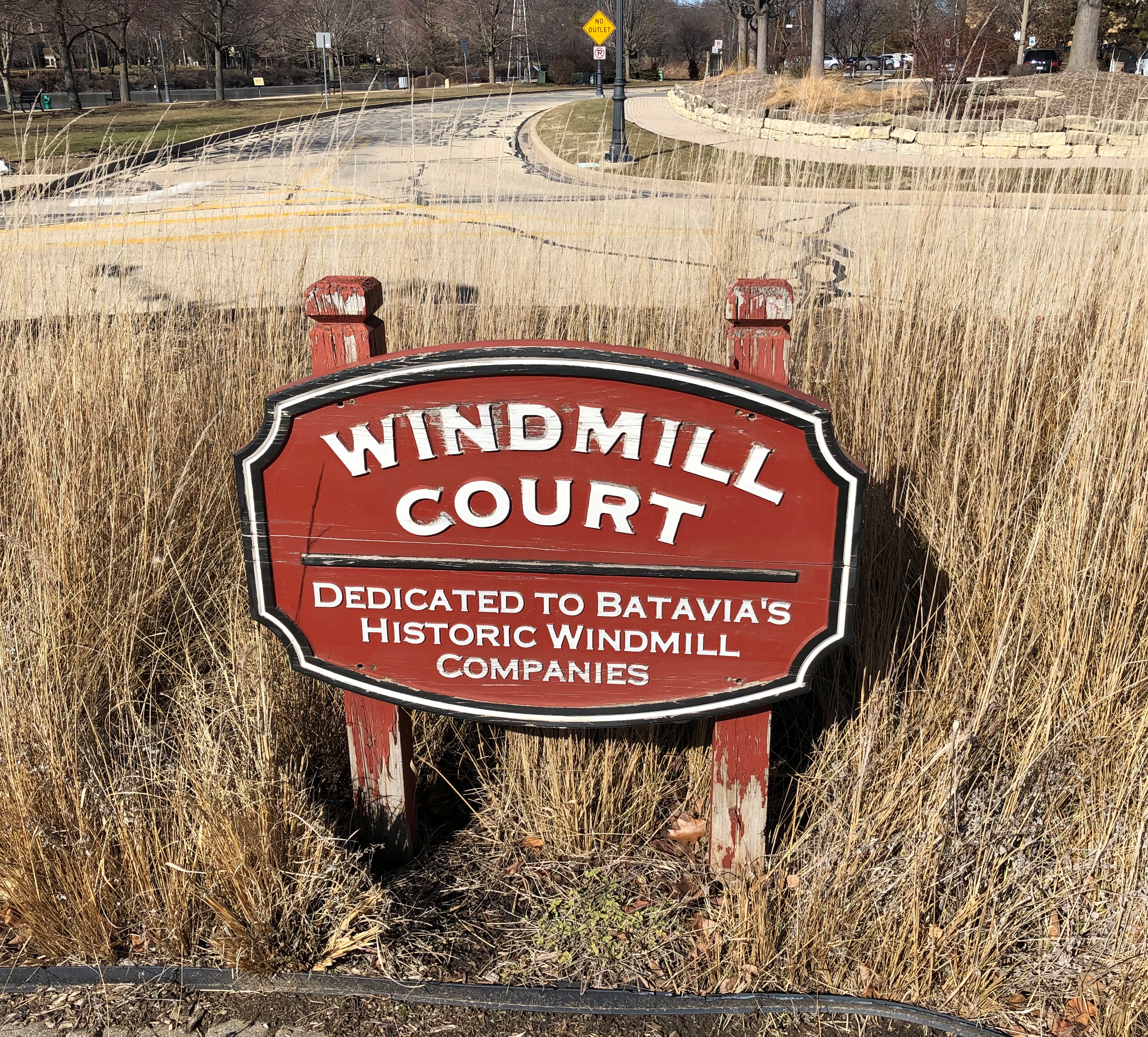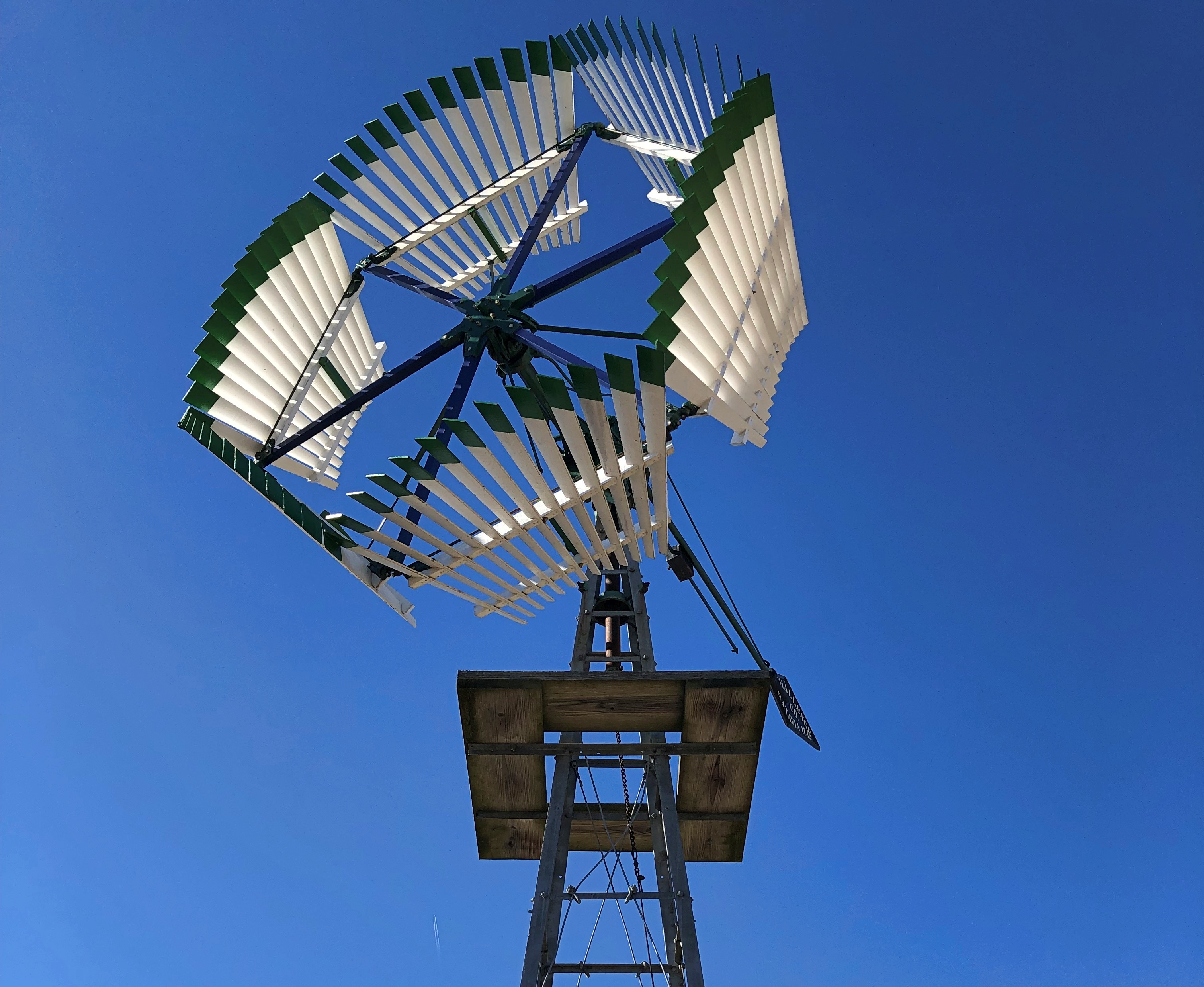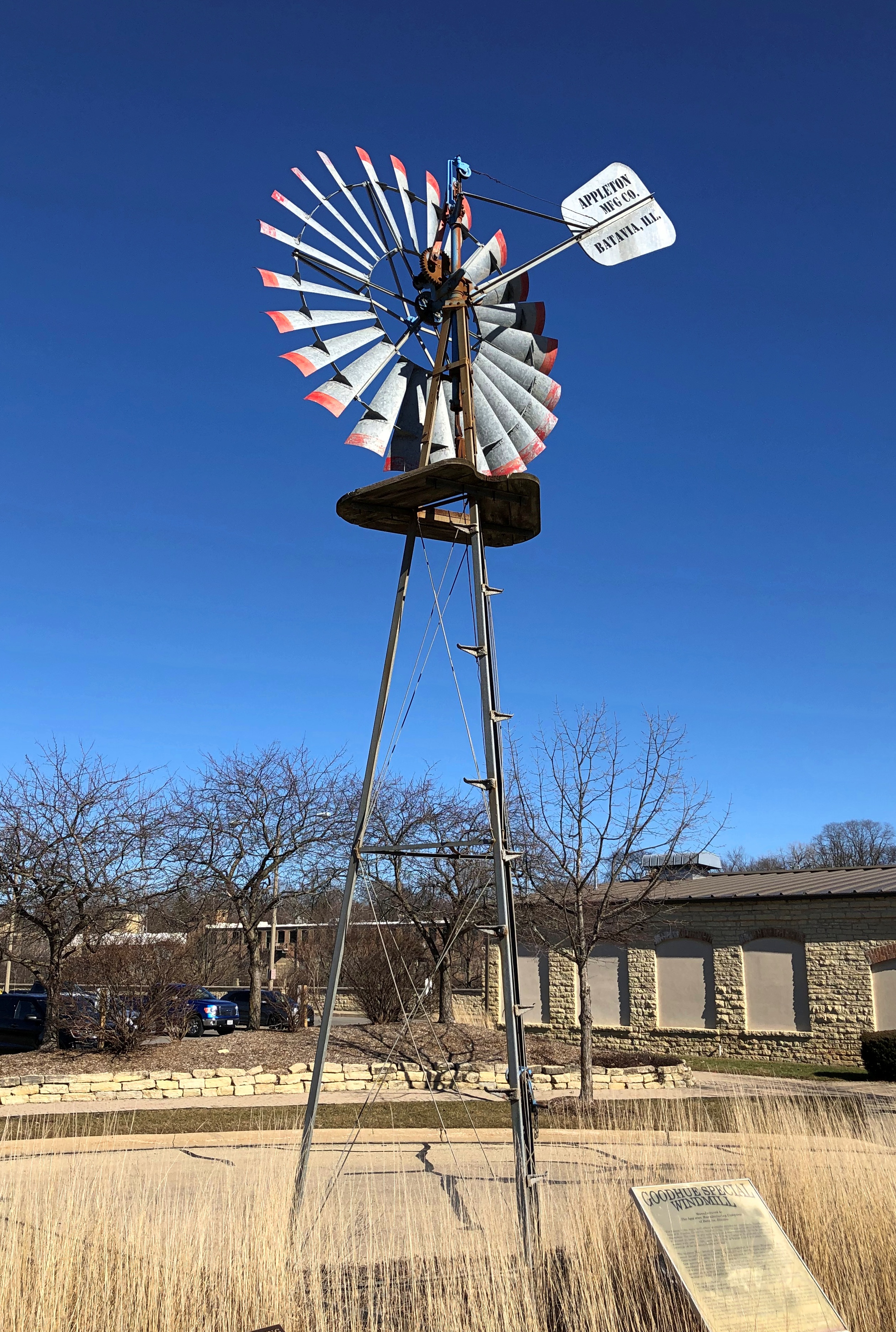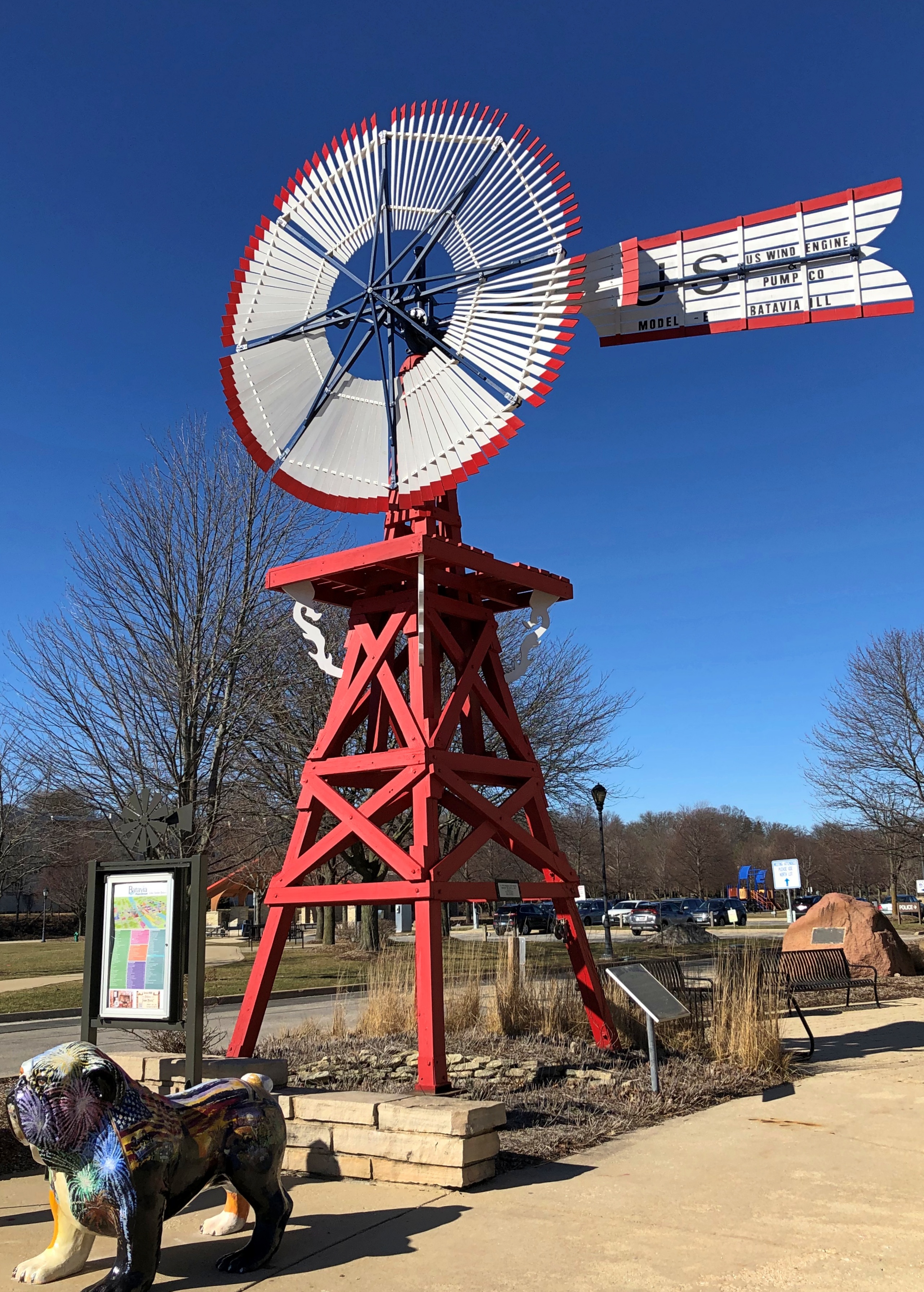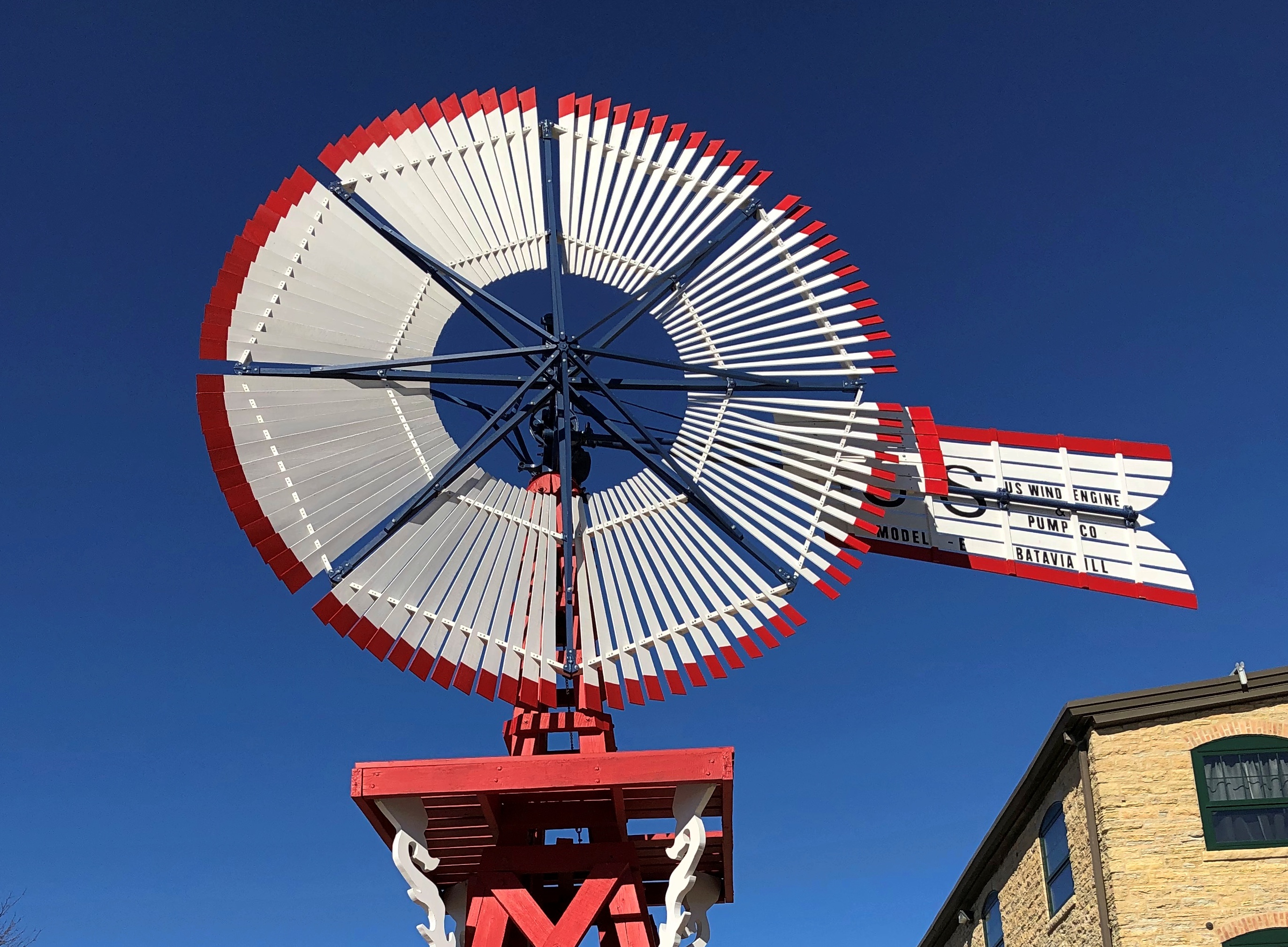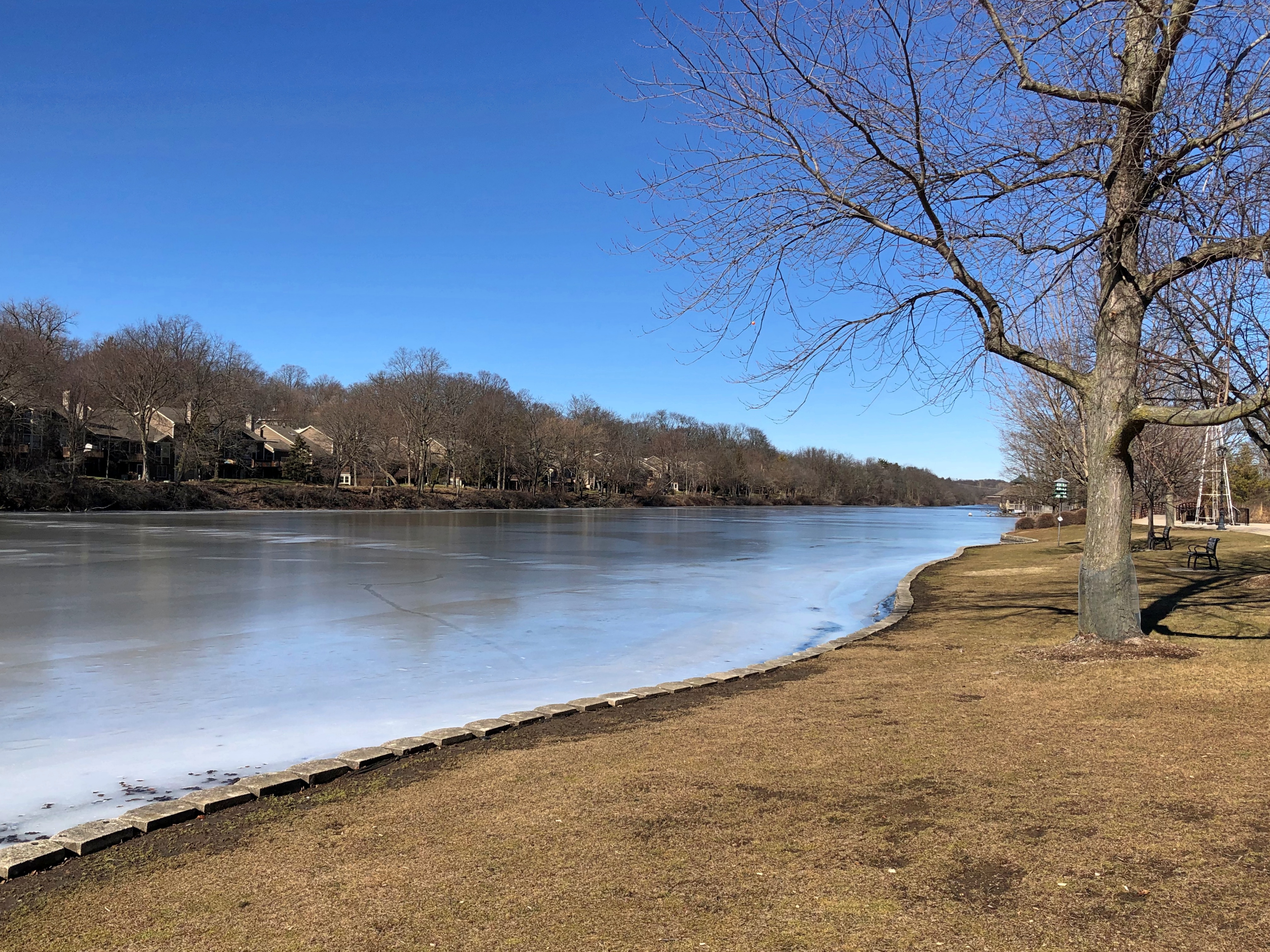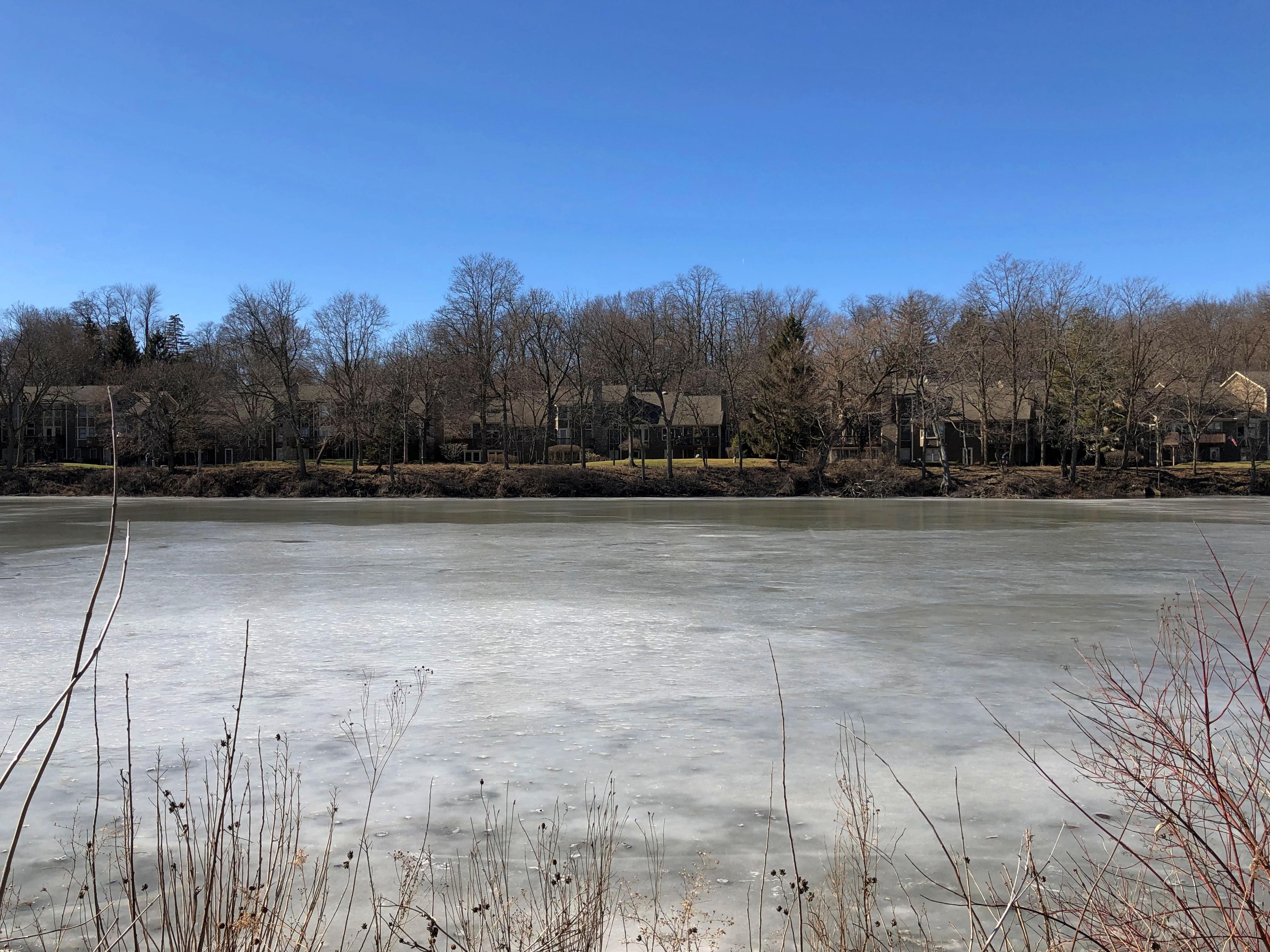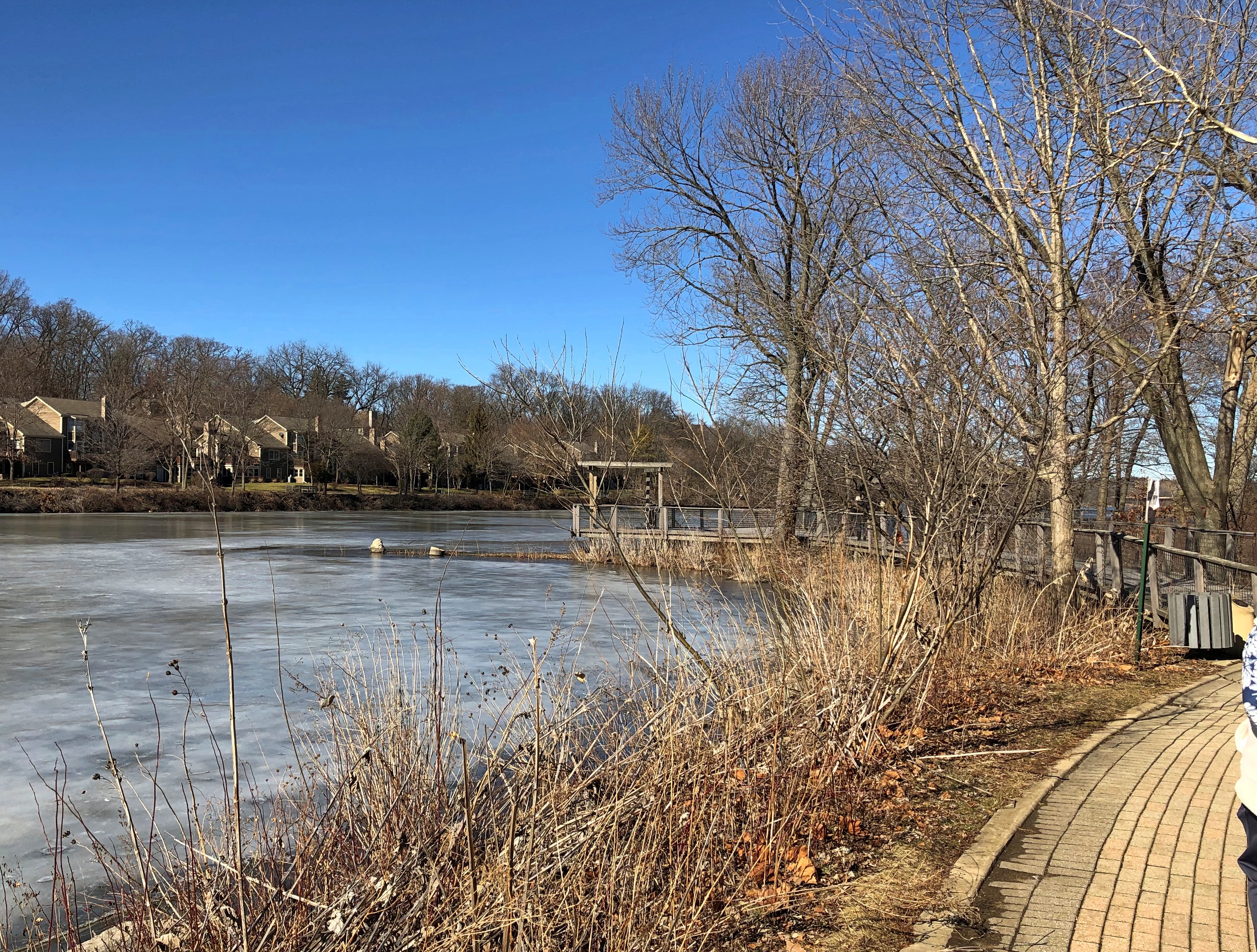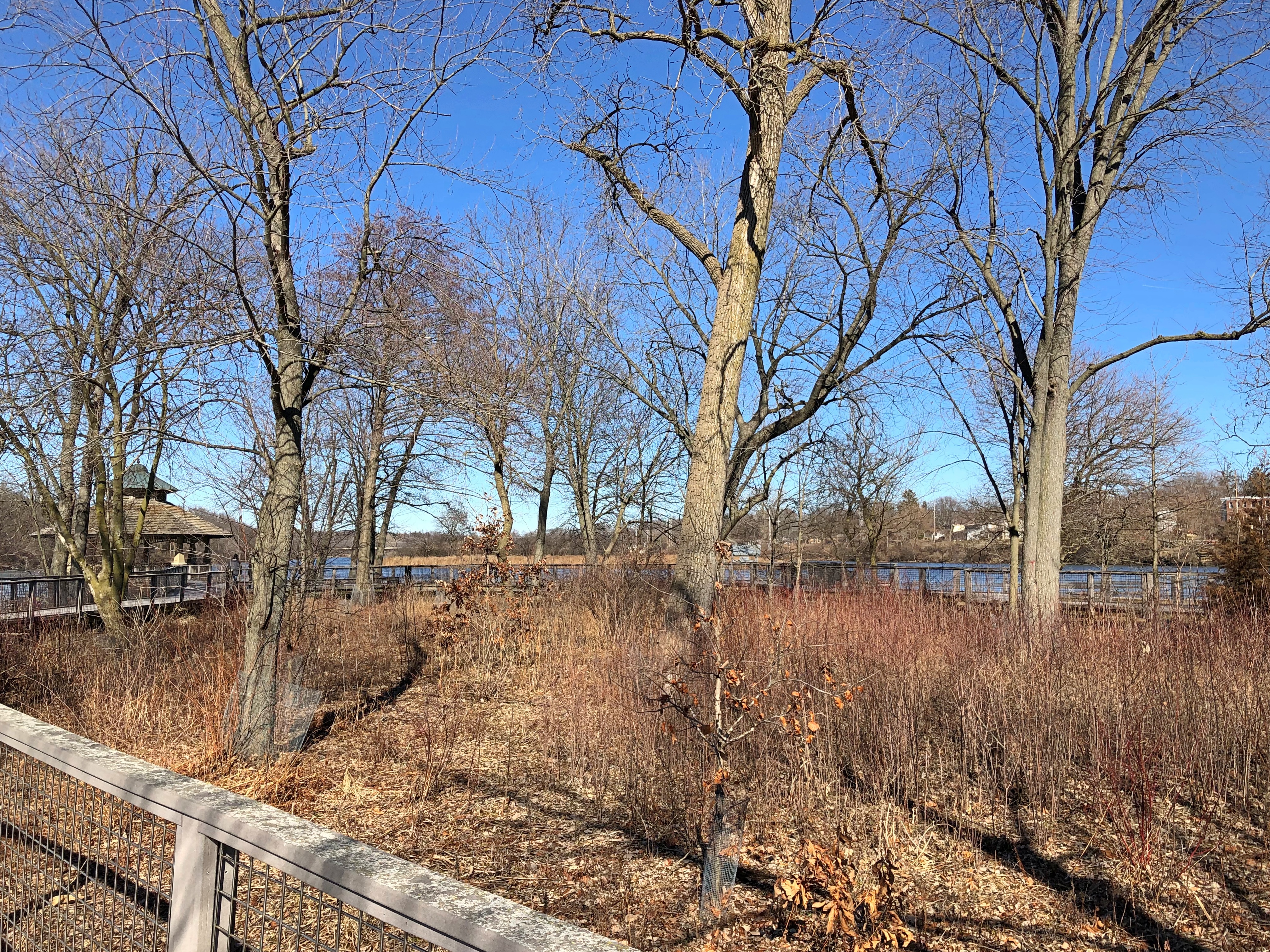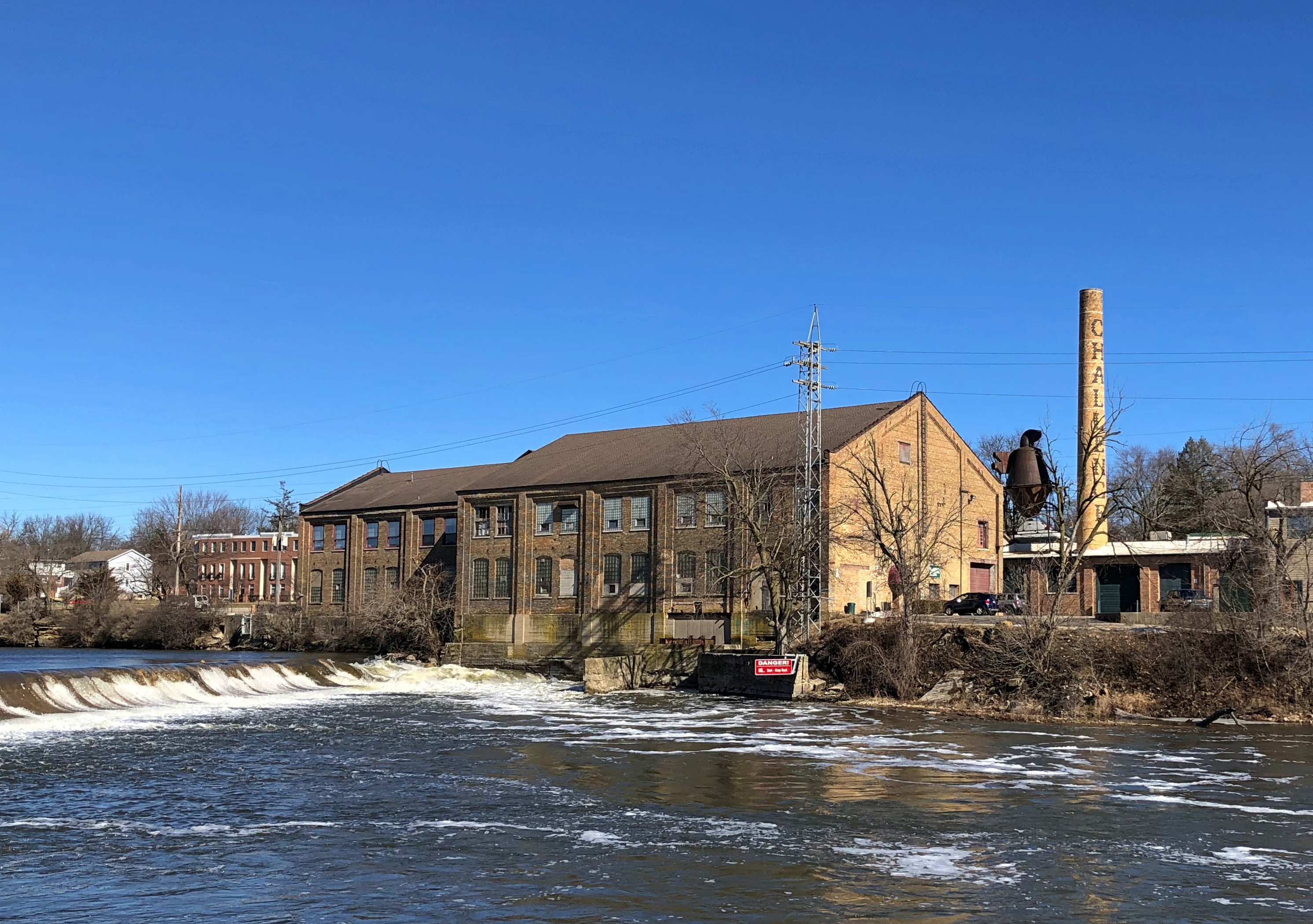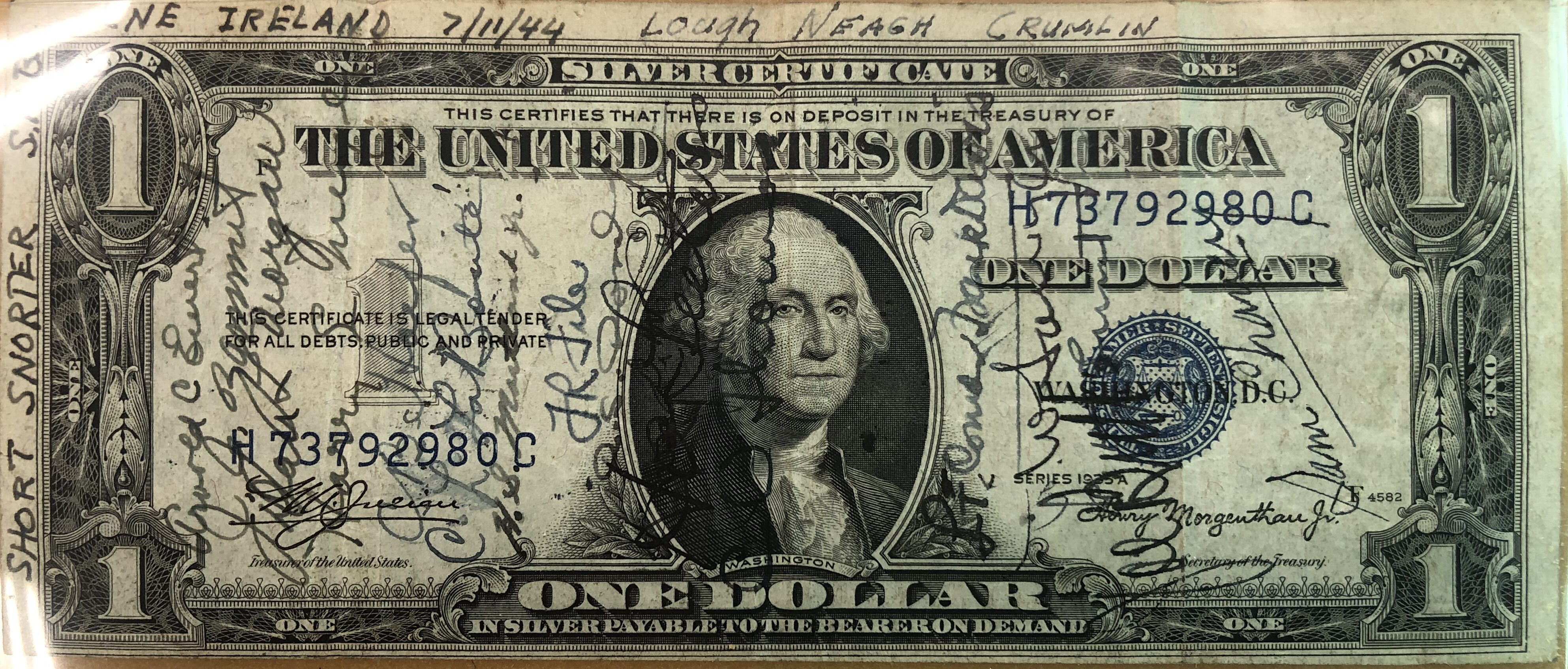What do you know, today’s the 141st anniversary of the assassination of Jesse James by the coward Robert Ford. We happened to watch the movie of that name over the weekend, and found it slow-moving but impressive. Nothing like a high-verisimilitude work of historical fiction to take you into the past, especially if there are no outrageous anachronisms.
Frank Lloyd Wright on Monday, Hare Krishnas on Tuesday. That’s possible in southwestern Pennsylvania and West Virginia.
Some years ago, I was poring over a road map in anticipation of a road trip that didn’t happen. Looking roughly where we eventually did go last month, I noticed the Palace of Gold at a spot in rural West Virginia, in the odd northern panhandle of that state. Such a thing cannot go un-looked up, so I found out that it is part of a complex run by the International Society for Krishna Consciousness.
We’d been to ISKCON Chicago. Time to drop by the Palace of Gold, I thought, as long as we were in the neighborhood. The palace is part of a larger settlement known as New Vrindaban, which was founded during the heady early days of the Hare Krishna movement in the New World, namely 1968. You know, when the Beatles were hanging out with sect founder His Divine Grace A.C. Bhaktivedanta Swami Prabhupāda, or vice versa.
This isn’t the Palace of Gold, but it is a major part of the New Vrindaban complex, Sri Sri Radha Vrindaban Chandra Temple (RVC Temple).
ISKCON had a lean period after its counterculture heyday, but someone is paying for the vigorous reconstruction at the temple, as well as plans to restore the Palace of Gold.
Maybe Alfred Ford kicked in some dosh. I didn’t know till our visit that a great-grandson of Henry Ford, also known as Ambarish Das, is a member of ISKCON, and is a major donor for a major project in India.
You can’t go too far in the temple without encountering Swami Prabhupāda.

Many depictions of Krishna and his flute.


The centerpiece. At least, that’s what I assume; it was front and center.

I heard the story of the founding of the ISKCON from two different Anglo monks, two of about 200 people who live in the settlement, one young and at the visitors center, the other old and at the Palace itself. Their stories had a mythical quality to them, emphasizing the travail of the founder of the sect, especially his sea voyage from India to New York by cargo steamer, under hardscrabble circumstances, age nearly 70, to bring Krishna consciousness to the West.
Swami Prabhupāda thus brought one of the many branches of the massive flowering tree that is Hinduism to America, and at an auspicious time – 1965. Not only had U.S. immigration laws just been loosened, one of the periodic effusions of bohemianism was just then under way in the West, making for a receptive audience. Double good fortune for the swami, or perhaps the timely intervention of Lord Krishna, made exponentially greater when he caught the attention what we would now call influencers.
The founder did not, however, live to see New Vrindaban come to full fruition, since he died in 1977 – cast off his body for another, presumably – and his followers took up the task of developing the place. As you’d expect with a new religion, any religion really, not all went smoothly. Violence, murder plots, a racketeering conviction. New Vrindaban spent a period in the late 20th century excommunicated from ISKCON, but it is back in the fold now.
The grounds of New Vrindaban are extensive, including a pond and other structures, such as a dorm and cabins for monks and visitors. And a concrete elephant and cattle.

Krishna consciousness gazebos, by golly.


These are Gaura and Nitai, I‘ve read, but I can’t pretend I understand their function or which is which. The one on the left, recently refurbished. The one on the right, awaiting new paint.
The Palace of Gold itself is on a slope overlooking the rest of the complex, and looks to be on one of the higher points in this part of West Virginia, surrounded by the sect’s roughly 1,200 acres. Why West Virginia? Cheap land would be my guess. The monks had a story about that, too, formalized in its details as much as the story of the swami’s passage to America. Something about answering a random ad in a newspaper. Anyway, here it stands.

“Palace of Gold Leaf” might be more accurate, but also an exercise in literalism.
A sign at the entrance says that restoration will soon be underway. The palace needs it.
We did our little part for the restoration, each taking an $8 tour in turn. No one else was on either of our tours, since even at New Vrindaban, mid-March would be the slow season, though a few other people were visiting at the same time as we did, including a sizable, multi-generational South Asian family.
The interior is as ornate as the exterior, even more so, with crystal chandeliers, mirrored ceilings, marble floors, stained-glass windows and plenty of gold leaf and semi-precious stone accents. Not bad for a structure that is entirely nonprofessional architecture.
No photography inside, except I took some pictures in the lobby waiting for the tour.

“I’m old enough to remember Hare Krishnas at the airport,” I told my guide when he asked whether I knew anything about ISKCON.
“Yes, we used to do that,” he said with what I took to be a wistful smile.
My guide was an old hippie. That’s probably unfair to the fellow, a lanky gentleman perhaps in his early to mid-70s, dressed in the Hare Krishna robes we’re all familiar with, head mostly shaven. Who would want to be described by stereotypical youthful attributes more than 50 years out of date?
Still, as he told me about his wanderings as a young man in the late ’60s, and his discovery of ISKCON – he was happy to say that he’d taken classes from Swami Prabhupāda himself – the thought kept occurring to me.





























